Via Podiensis: Astorga
We left a little late this morning, at 7:10, mostly due to my having a coffee half the size of my head at breakfast.
Soon after leaving the village, we left the highway for the traditional gravel road running parallel to the highway, sometimes closer, sometimes farther away. The sky was dark enough that I could clearly see the Pleiades.
As the Camino moved closer to the highway, the near constant stream of cars conspired to spoil my night vision. Even so, there were still moments where I could see the stars, and it was glorious.
For whatever reason, my feet and legs were feeling great this morning, and I started out at a quick pace, quickly leaving Tara behind.
Yesterday I took my third nap in four days. Now, I’m not a napper normally, and I certainly haven’t been on this Camino, but for whatever reason my body is decided this is the way to fix what ails me.
The sky brightened slowly, and by about 8 o’clock I put away the flashlight. It was still dim, but by now there was enough light to see the potholes and stones on the path.
A few minutes later I got to test that, as a large tree branch was completely blocking the path, and I had to climb up to the highway and then back down to get around it. Talk about breaking your stride!
At about 8:15, the Camino definitively left the highway. It was, by now, a rough dirt road full of stones. I passed a water tower that looked like some odd hybrid of a medieval turret and a spacecraft designed in the style of Jules Verne.
At 8:20 AM, I entered the village of Hospital de Órbigo, which of course had been our goal for yesterday. I thus finished walking the only section of the Camino Francés that I had never walked before.
In 2013, Francine had started her Camino in León. We didn’t really want her first day walking to be through the city, so we had taken a bus from there to Hospital de Órbigo. Then, in 2016, the flooding had caused us to do the same, since we were by then running way behind our anticipated schedule. It was nice to finally close the gap.
The 19-arched bridge over the Río Órbigo here was originally built by the Romans, although several of the arches fell down in the medieval era and were replaced then. A couple of the arches were blown up to stop Napoleon’s troops and subsequently replaced in the 19th century.
In the medieval era, this was the site of a famous joust.
Tara had by now caught up with me, and we had second breakfast at the café immediately after the bridge. She took off before I was quite finished, but I was pretty sure I would catch up given my relative pep this morning. I was wrong.
I left the café at about 9 AM. On my way out of town, I stopped at the village church. It was predictably locked, but I prayed for the intentions of the Camino outside the gate.
This is a lovely little village, strung out from the bridge along with Camino. I counted at least five albergues. Right after the village, the Camino route splits. The original route heads out into open country, across cornfields and through a couple of small villages. The other way continues next to the highway. It’s shorter, but worse in every other possible way.
Needless to say, I took the original route.
About 9:30 AM, I rolled through the first of these villages, Villares de Órbigo. It’s the usual mix of older and more modern housing, with the older buildings being at the core of the village and the more modern scattered around. Virtually all of the construction was brick.
A handy bench afforded me the opportunity to remove my fleece before continuing. This little village just went on and on, and the Camino passed a couple of bars and several albergues.
By the time I was out of the village, the terrain had definitely shifted. I was coming to the end of the Meseta, as the dirt track wound its way alternately through forest land, broad clearings, and stony fields of red plowed earth. And the Way was beginning a gradual incline.
Then it was downhill into the farming village of Santibáñez de Valdeiglesias. I entered the village at 10 AM. Wonder of wonders! The village church was open.
It is clearly a modern structure, even having acoustic tiles on the ceiling, but the bell tower is clearly quite old, and they salvaged the Baroque and Rococo retablos from whatever church was here before. The newer furnishings, the main altar and ambo, are very beautifully done in a style matching the older pieces. it was a lovely place to pray for the intentions of the Camino on this, the national feast day of Spain.
And then it was out into farm country on a rough clay and stone road. Progress here was definitely slower, but I was thankful that we have had no rain, because that meant the road was dust and not the sticky clay that Francine and I had to deal with back in 2016. Back then, the road had resembled the surface of Mars. I’m not sure I ever got the mud out of those shoes.
There was, however, a bit of a hill. That part certainly hadn’t changed. Of course, it took minutes to climb rather than hours.
As I was descending on the other side of the hill, I was swarmed by clouds of insects. They didn’t appear to be the biting kind, but there were enough of them that I had to keep my mouth closed as I walked.
The insects were thick enough in sections that any time I randomly swing a pole in front of me I could feel it hitting them.
The terrain now was gently rolling farmland. Where it was not green, you could see the red clay soil.
At about 11 AM at the top of a hill, I came upon a roadside rest stop called La Sonrisa, with fruit and pastries and drinks. I took the opportunity to rest for about ten minutes, grab a little something, and put up the umbrella.
After this, the route was dustier, but with many fewer stones. In addition to being smoother, the road was also a great deal flatter, which was a welcome change.
The mountains, which had been steadily growing for several days, suddenly loomed large ahead of me.
Just before 11:30, I came to the great cross marking the top of the hill overlooking the city of Astorga. From here, I could see the cathedral in the distance. The road down the hill was paved and a bit steep, so I took it carefully, zigzagging down the steepest bits.
I heard the cathedral bells toll, resounding through the valley. I think that this was about the time I noticed that my shoes were now red.
At the bottom of the hill, I entered the village/suburb of San Justo de La Vega and, with the help of a group of Italian pilgrims, got my photo taken by the famous statue of the drinking pilgrim.
On the way out of town, I stopped in the decidedly modern village church, where the faithful were beginning to gather for the Mass of the solemnity. I prayed for the intentions of the Camino here, and a lovely lady stamped my pilgrim credential.
The village sidewalk of brick pavers ended, and I instead found myself walking on a concrete sidewalk next to a highway on a bridge over the Río Tuerto. Fortunately, the Camino soon enough diverted away from the road and back to a familiar gravel surface.
As I neared the city, the Camino again became concrete with a long row of buildings to one side, cornfields to the other, and the ever closer cathedral directly in front of me.
And then back to gravel. And then asphalt. By this point, I was walking through the outlying neighborhoods of the city. All that remained was the crazy multilevel bridge over the railroad tracks. It’s three stories up, ten meters over, and then three stories down the other side.
After this, it was back to the sidewalk as the Camino wound its way slowly uphill into the city by means of a series of switchbacks. I passed the sign announcing my entrance to the city at 12:23, but I didn’t arrive at the Cathedral until 12:38. To be fair, I did briefly stop in a church on the way to pray for the intentions of the Camino, and I did take down the umbrella at some point.
I checked into the albergue nearest to the cathedral, and then hastened to the Astorga Chocolate Museum, which I have been wanting to visit for more than a decade. Since it closed at 2 PM, I made haste!
The history of chocolate in Astorga goes clear back to the 16th century. Hernán Cortés himself married the daughter of the Marqués de Astorga, and he gifted his future father-in-law a handful of magic beans – cacao – and the method of preparing them.
They’ve been producing chocolate here ever since.
After this, I returned to the albergue for the usual pilgrim ablutions and grabbed a late lunch.
Then it was time to visit the cathedral. It’s next to the bishop’s palace (though no bishop ever lived there), designed by Anton Gaudi, which is these days a museum dedicated to pilgrims and the Camino.
Although the cathedral itself is largely in the late Gothic style, the façade is full blown Baroque. To the left of the main entrance is the scene of Christ scourging the moneylenders at the temple, and on the right He is writing in the dirt at the foot of the woman caught in adultery. These two scenes sum up the cathedral wonderfully, as it is dedicated to the mystery of God’s love for the sinner.
The museum, and the museum tour, is amongst the best I have seen in Spain. The collection is astonishing, and the audio tour provides context and information aplenty.
And as for the cathedral itself… wow.
The stained glass windows provide a soft illumination to the interior, which is late Gothic and of an incredible height. Of course is Spain, so the majority of the interior decoration is Baroque or Neoclassical. I definitely found some of the retablos to be a bit much, but several of them were just as beautiful as they were intricate.
I was particularly struck by a painted Spanish Flemish altarpiece depicting the scenes of the Passion, from the kiss of Judas right to the laying of Christ in the tomb.
On the lower register is also a very interesting painting depicting Saint Lawrence with Saint James, a combination totally unique in my experience but very dear to me.
After touring all of the side chapels, the sanctuary, and the choir, I returned to the Blessed Sacrament chapel and prayed Vespers for the intentions of the Camino.
This is the end of my eighth week walking. I have so far walked 1347.7 km, or about 837.4 miles.
Date: 12 October 2023 – Fiesta Nacional de España – Día del Pilar (Our Lady of the Pillar)
Place: Astorga
Today started: San Martín del Camino
Today’s Photos!
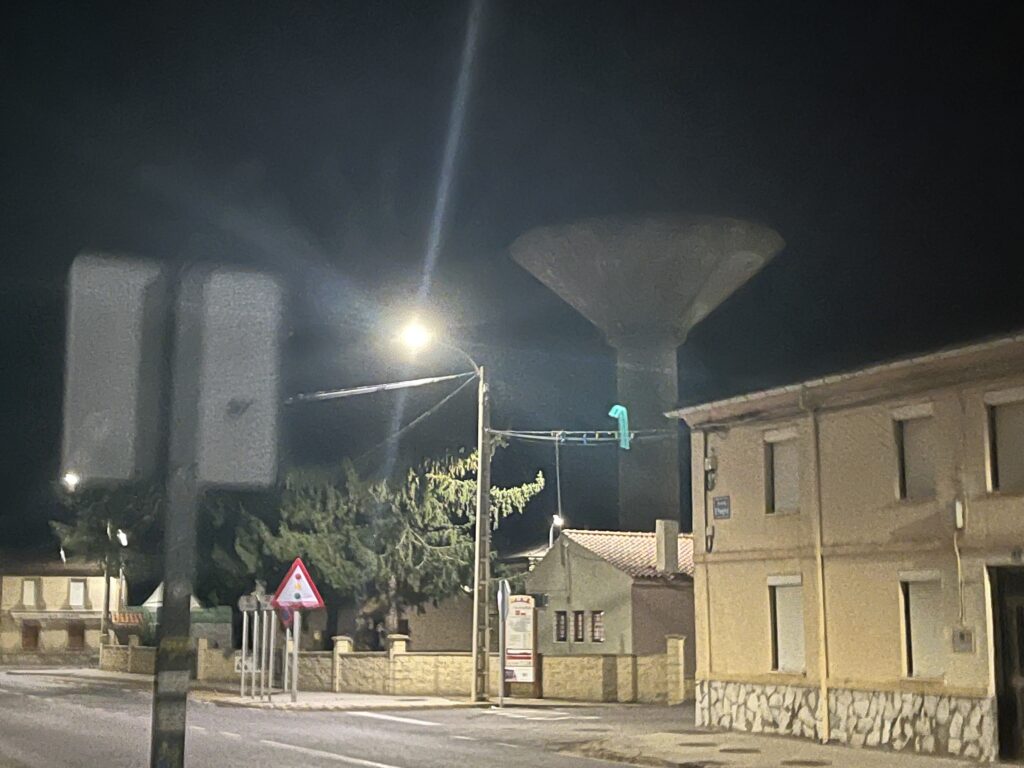
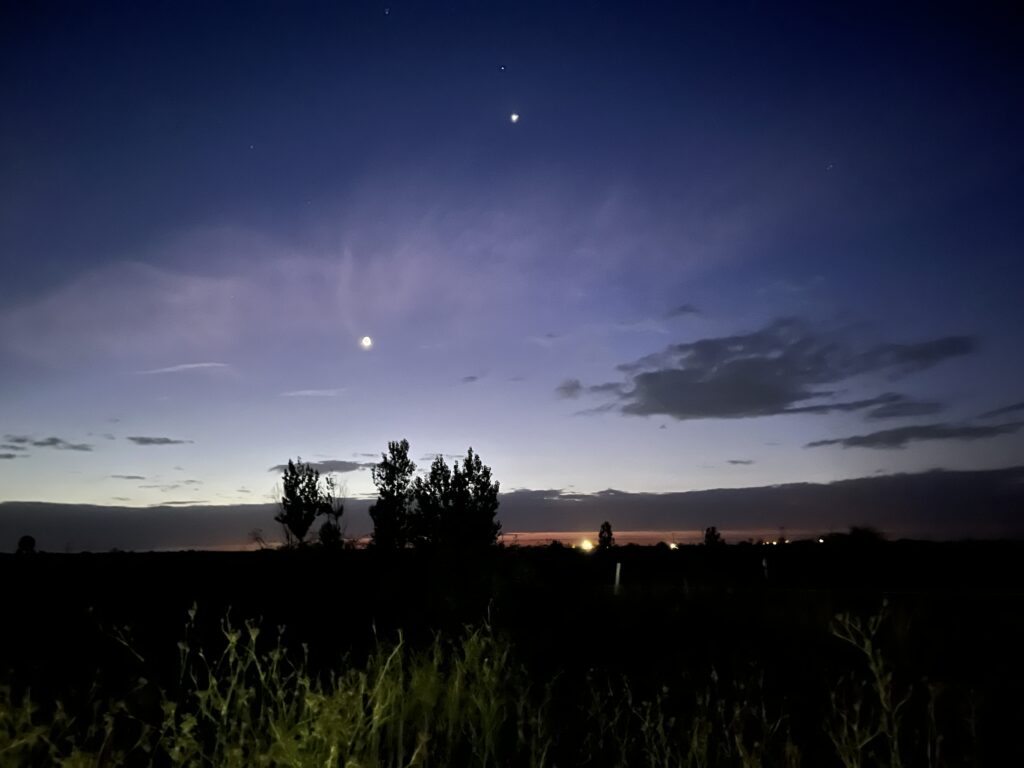
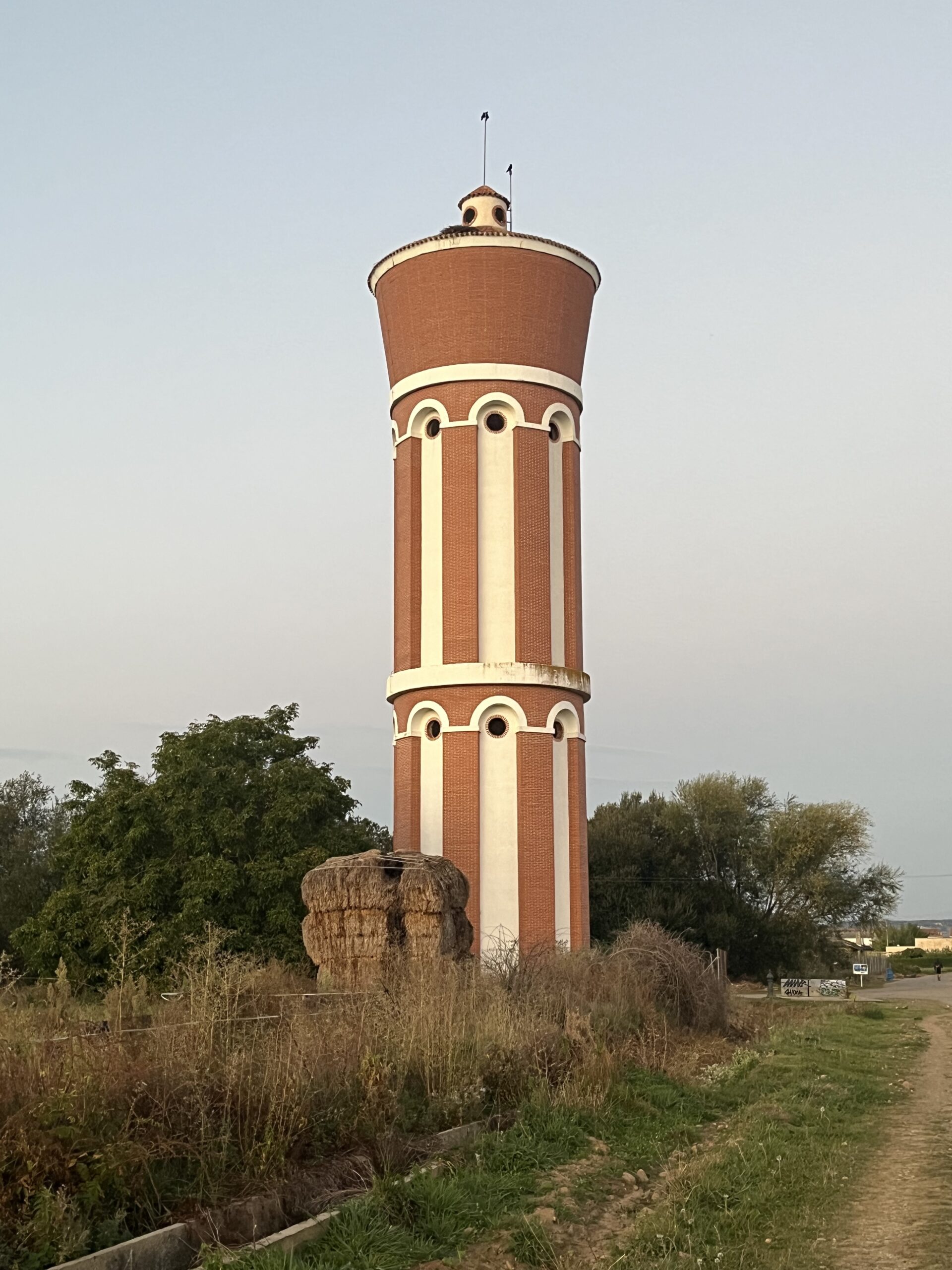
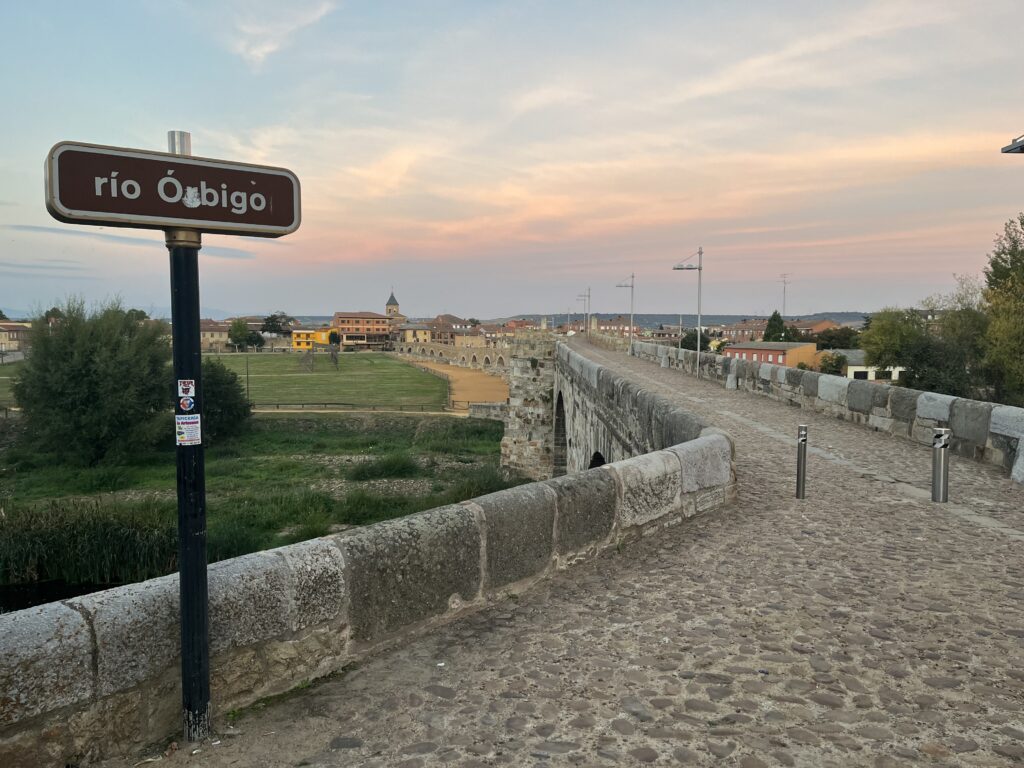
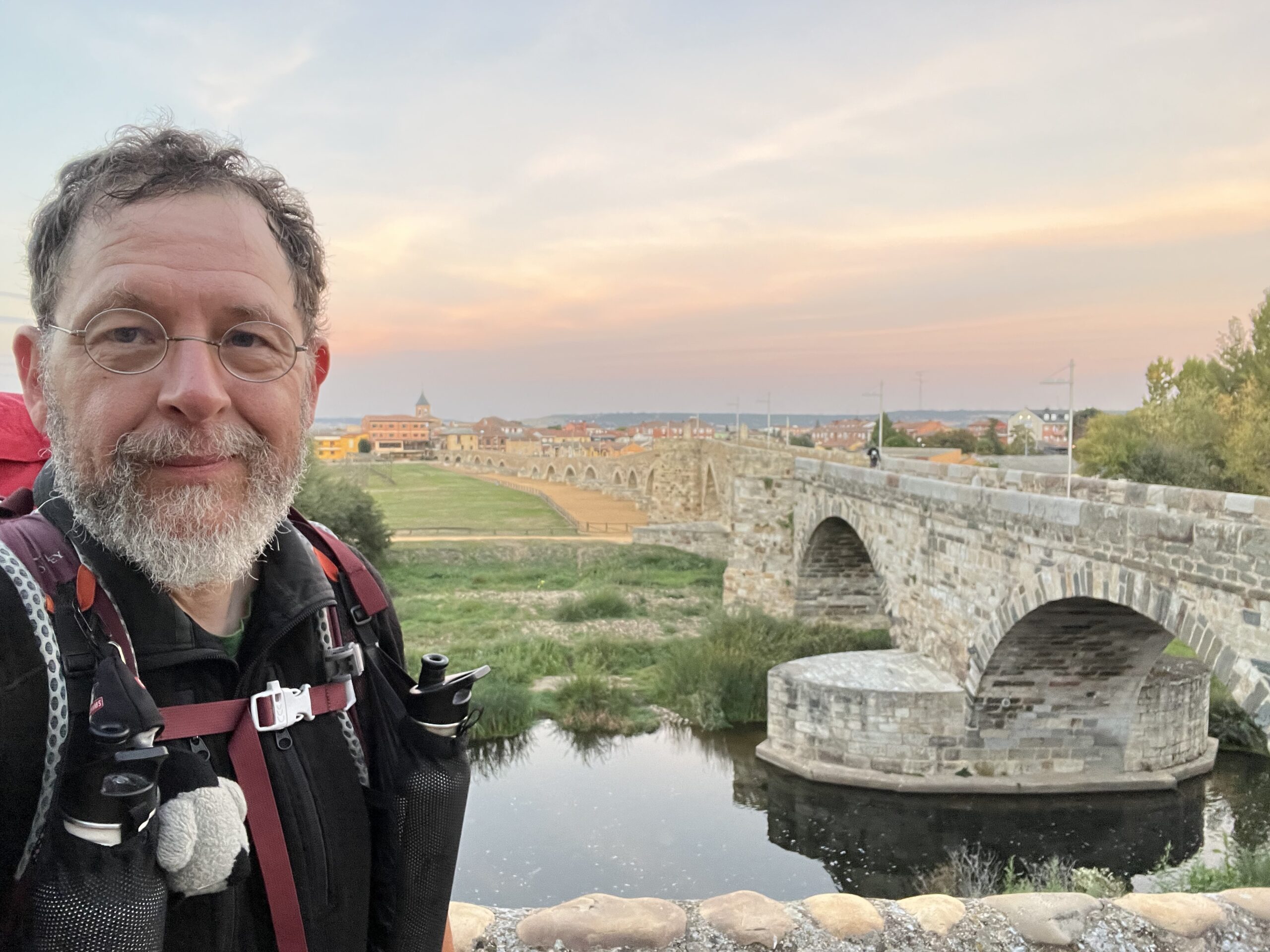
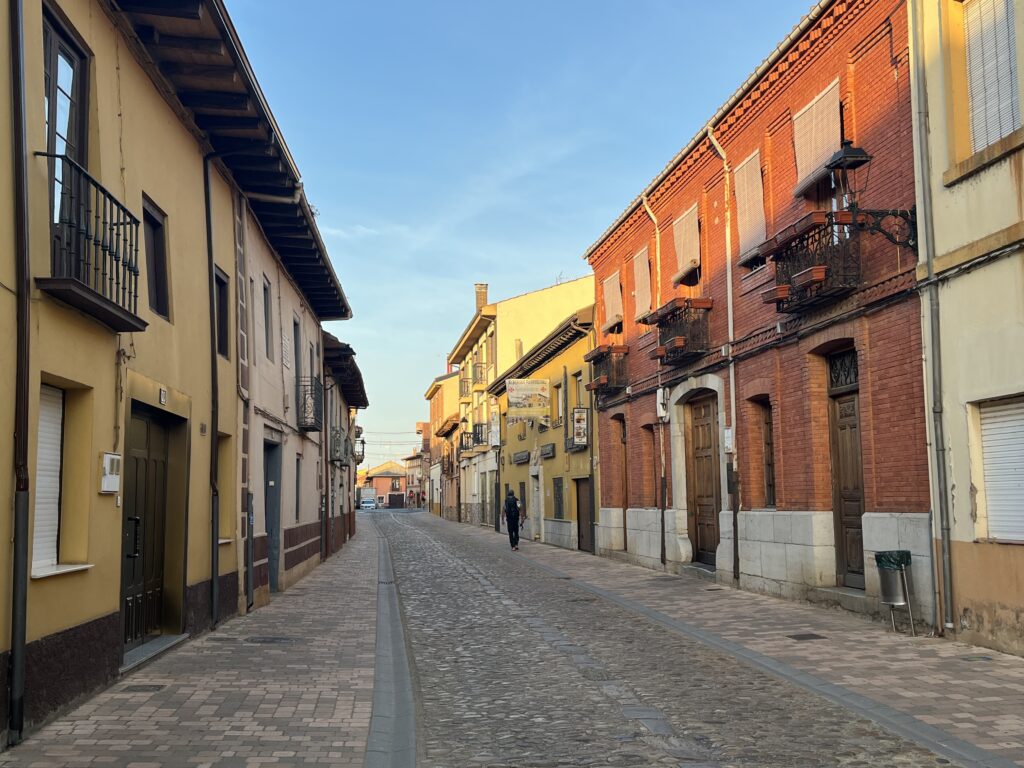

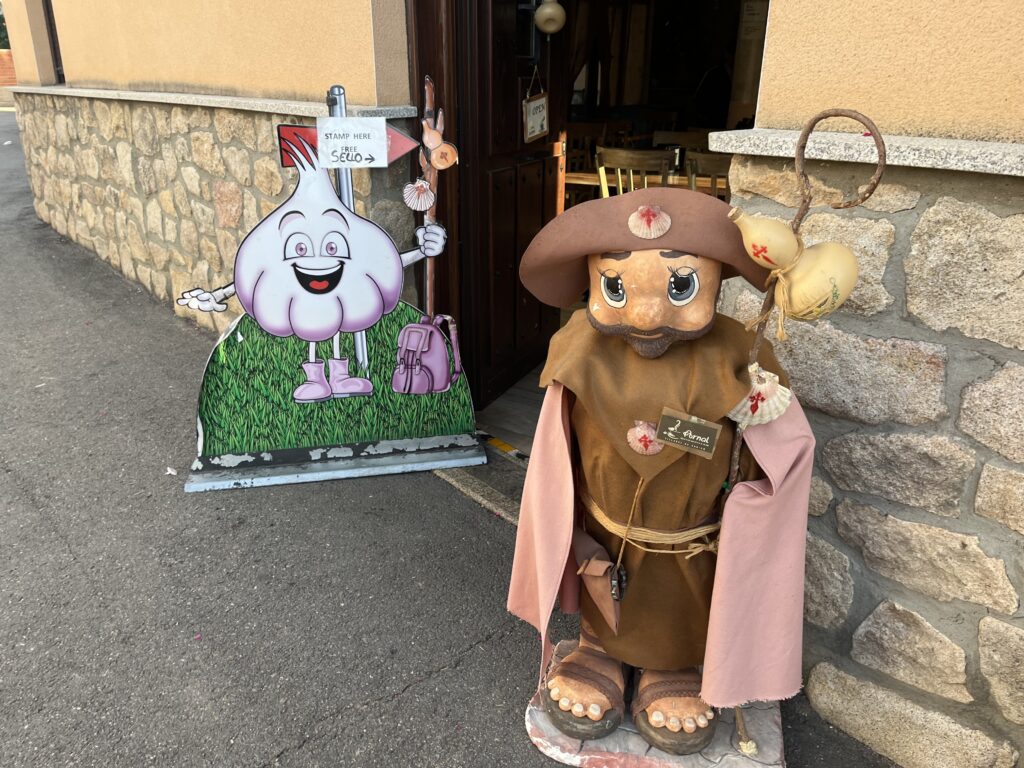
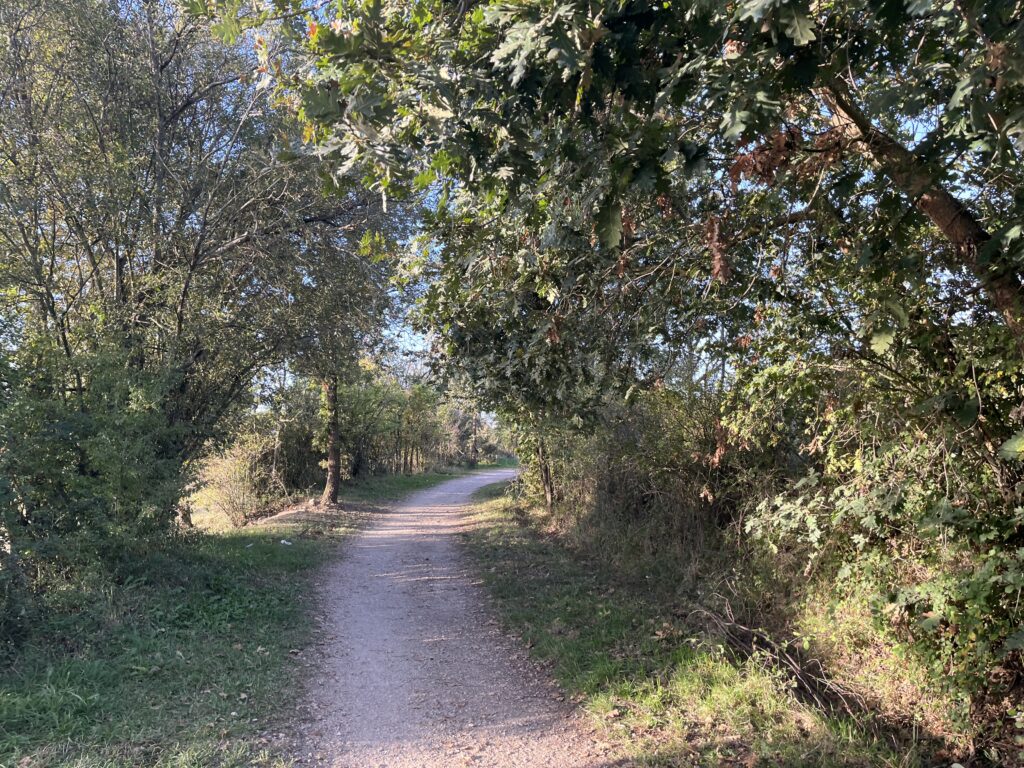
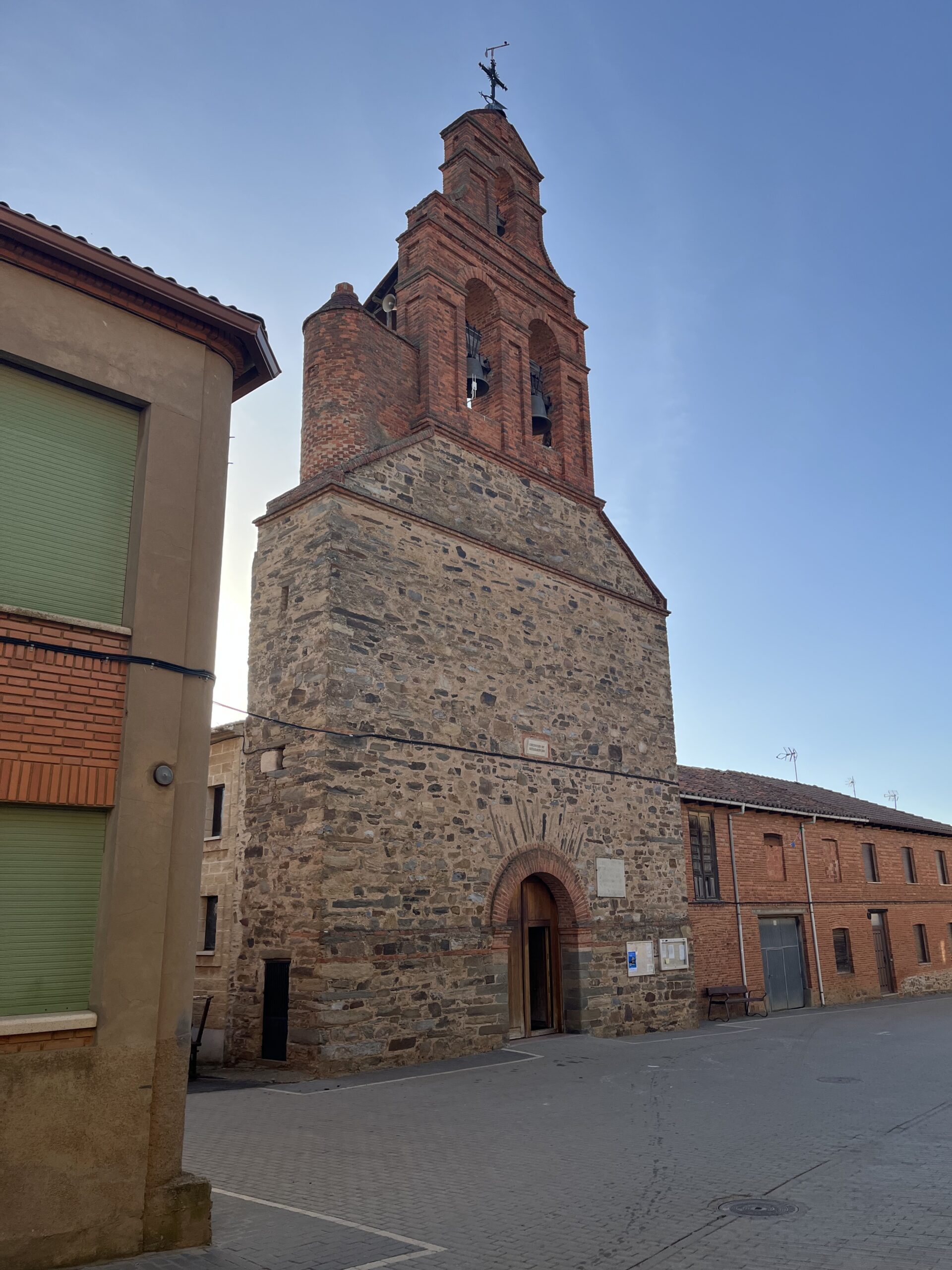
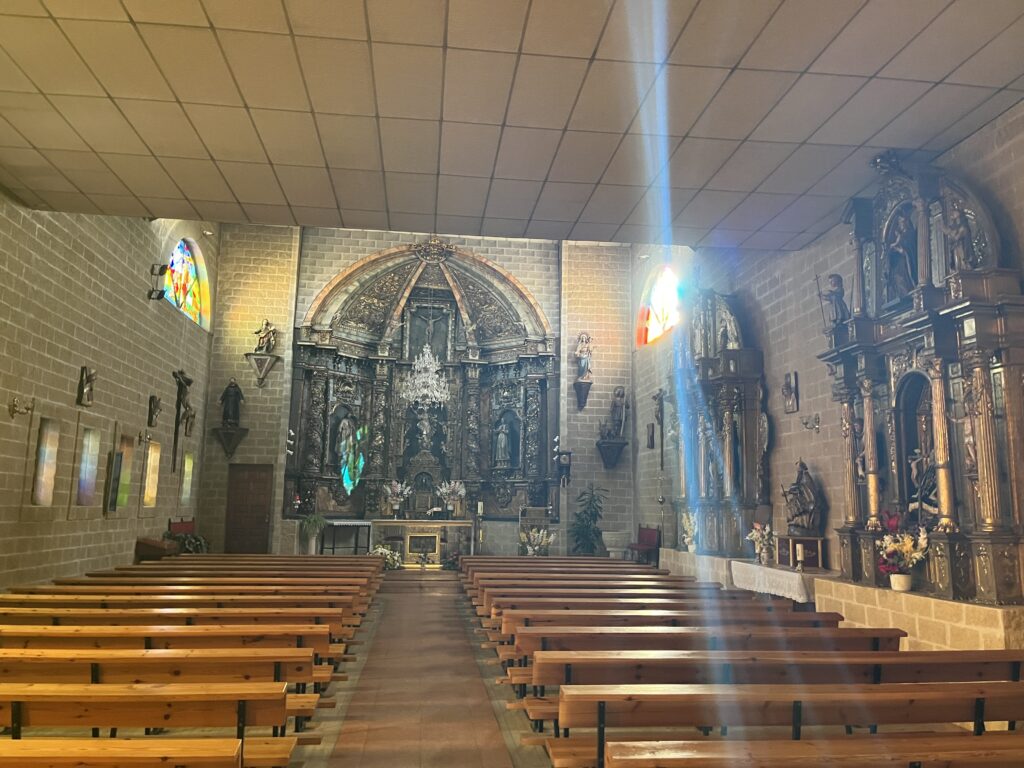
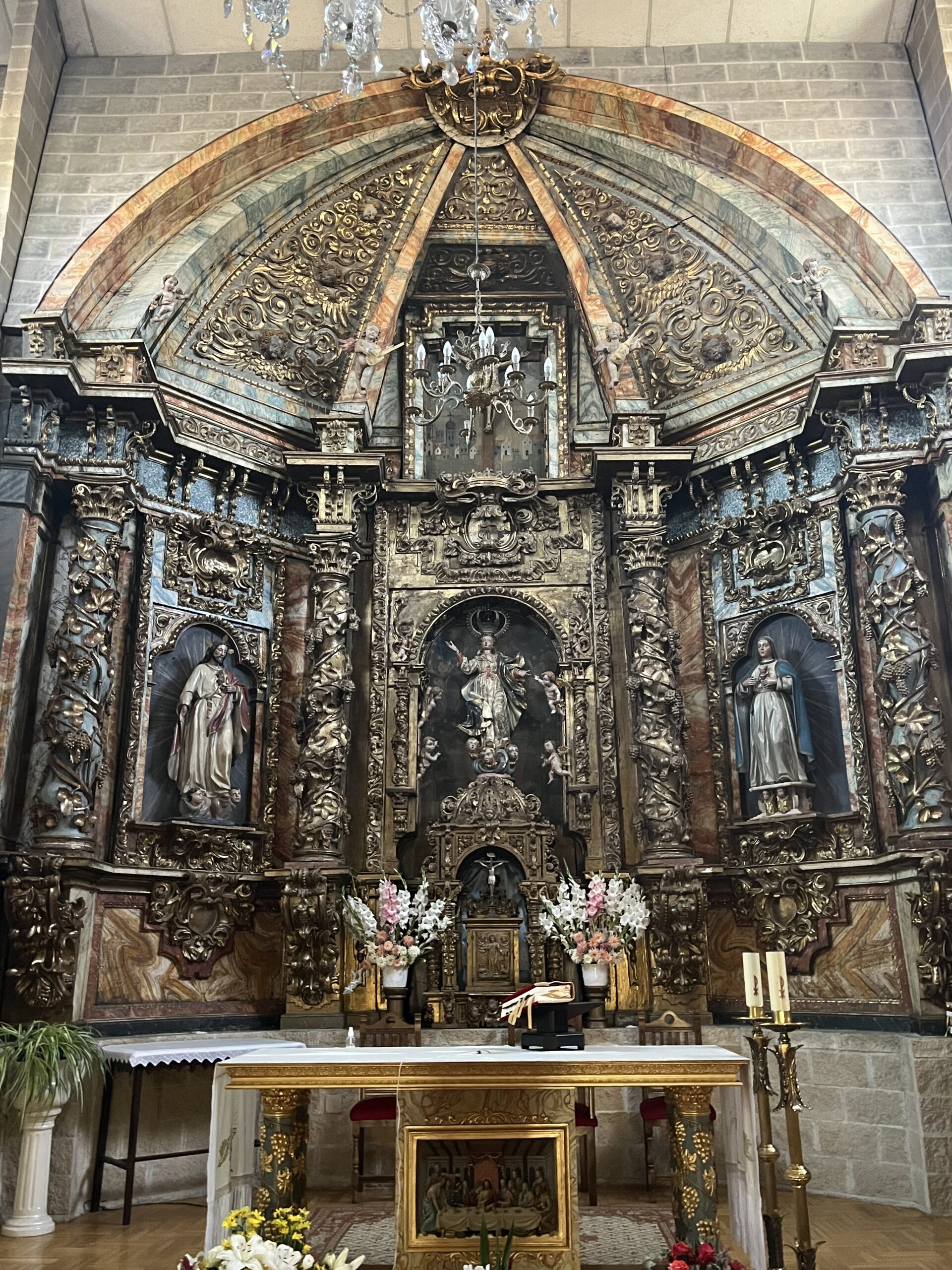
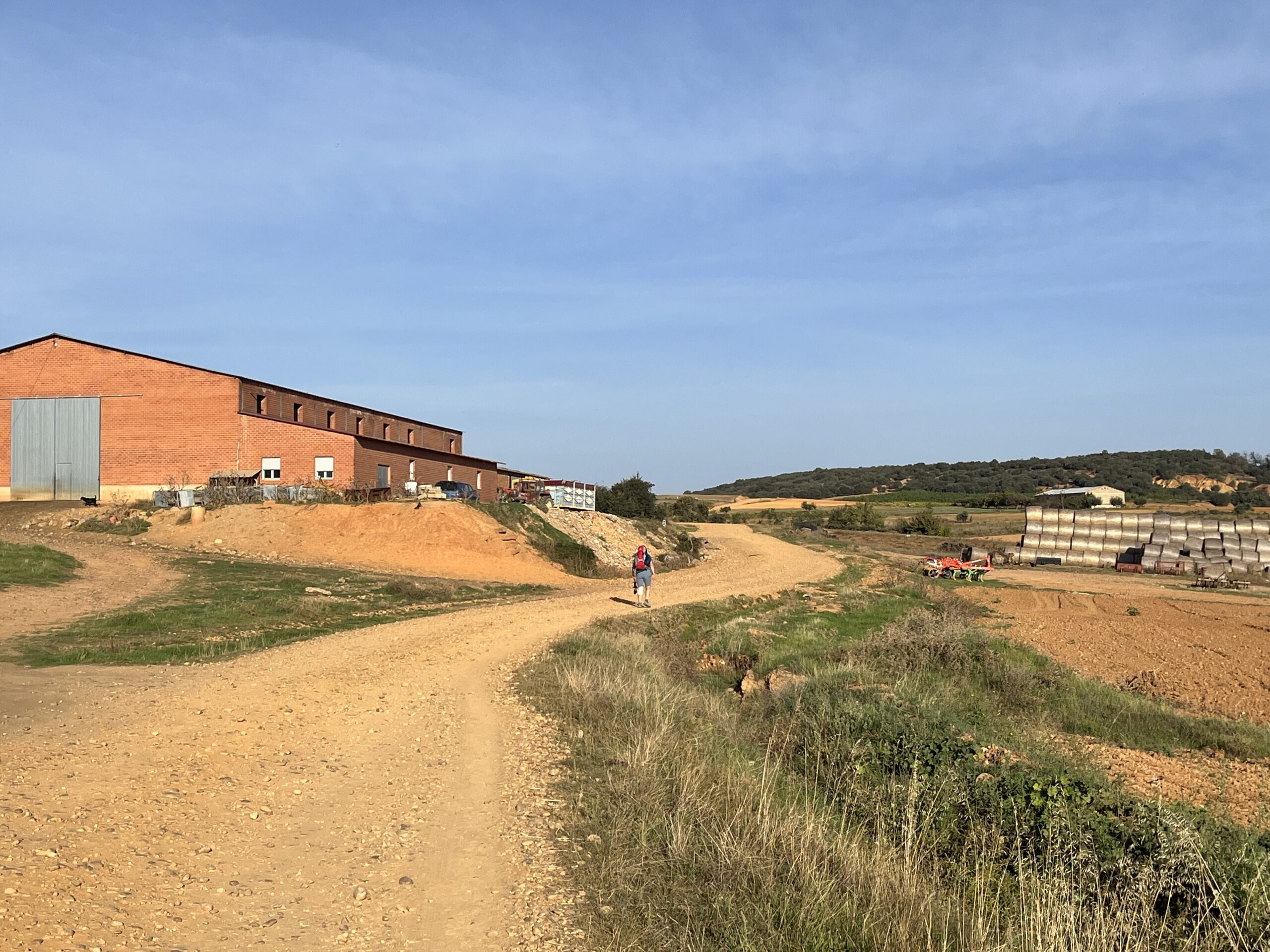
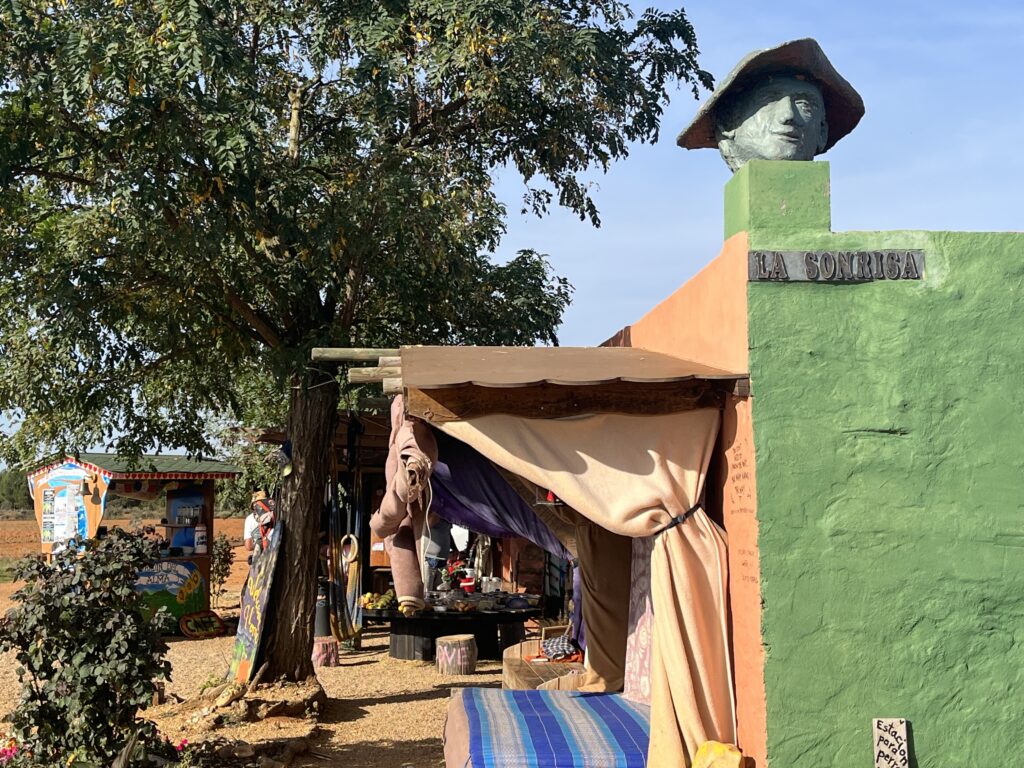
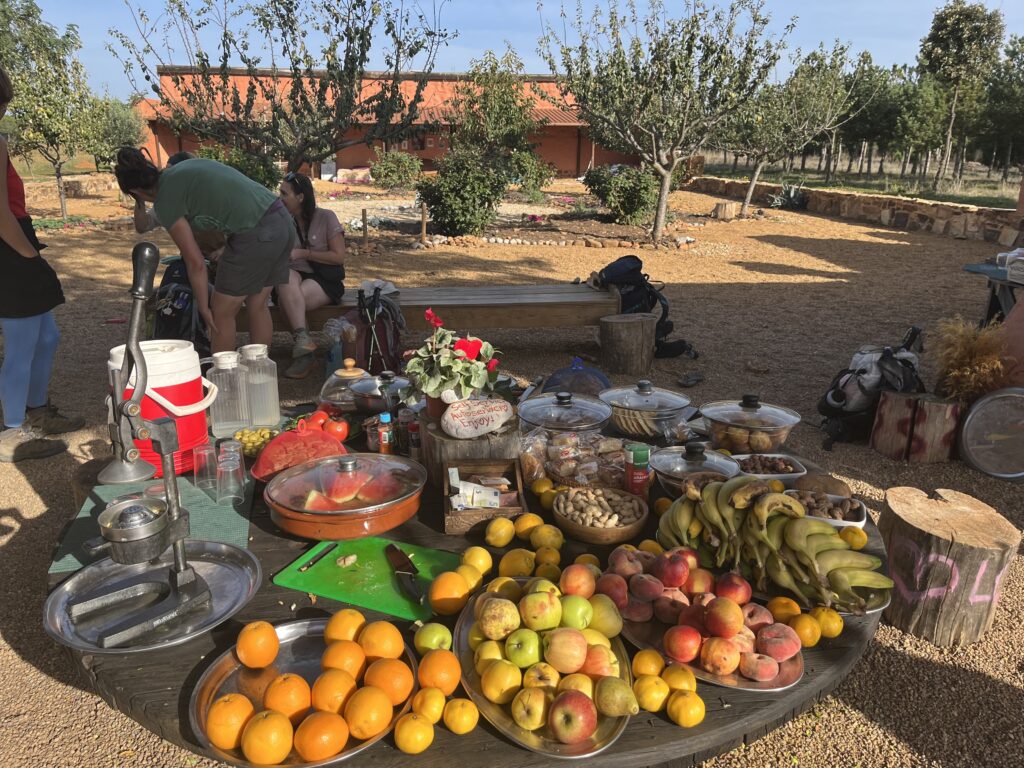
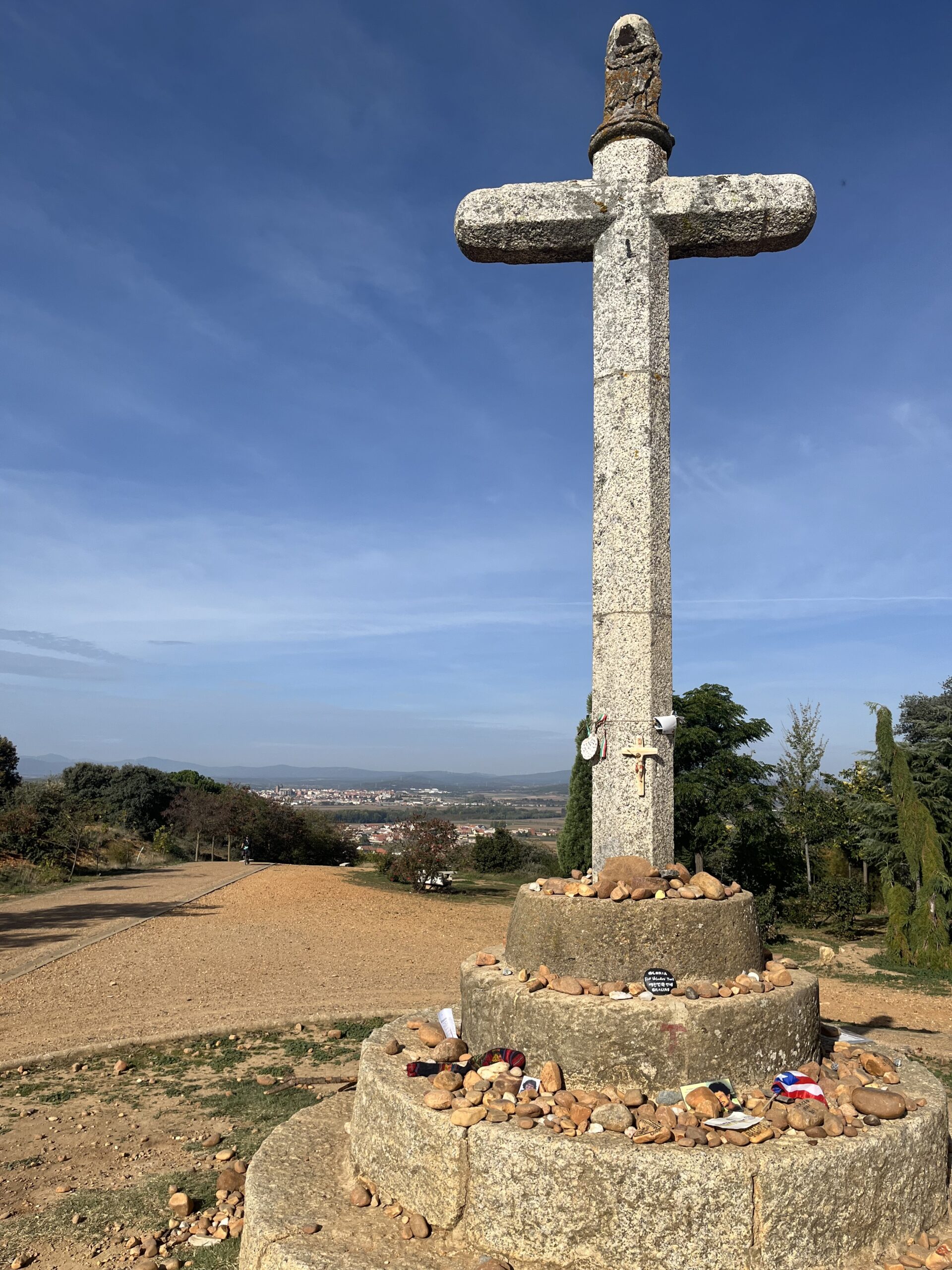
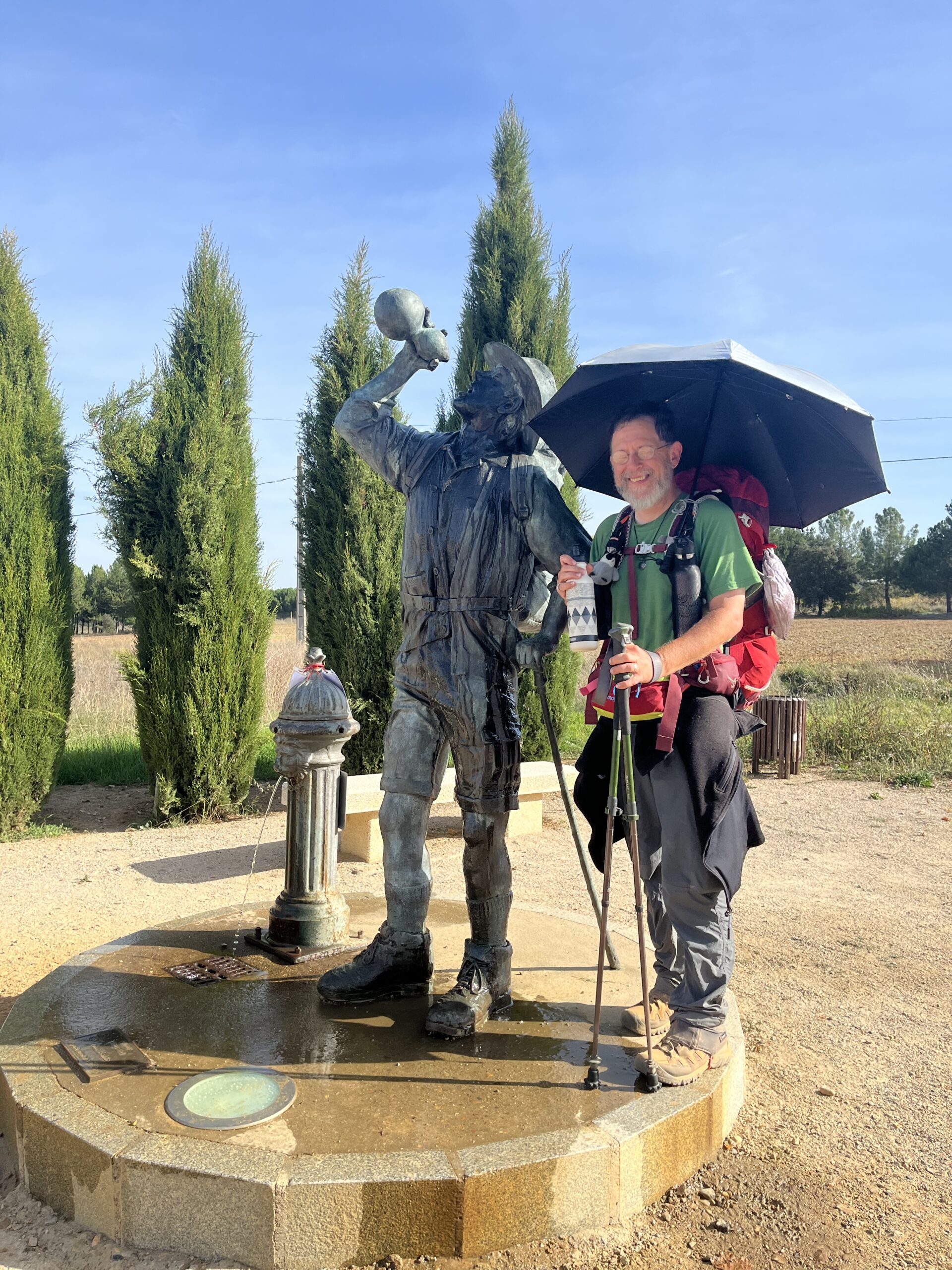
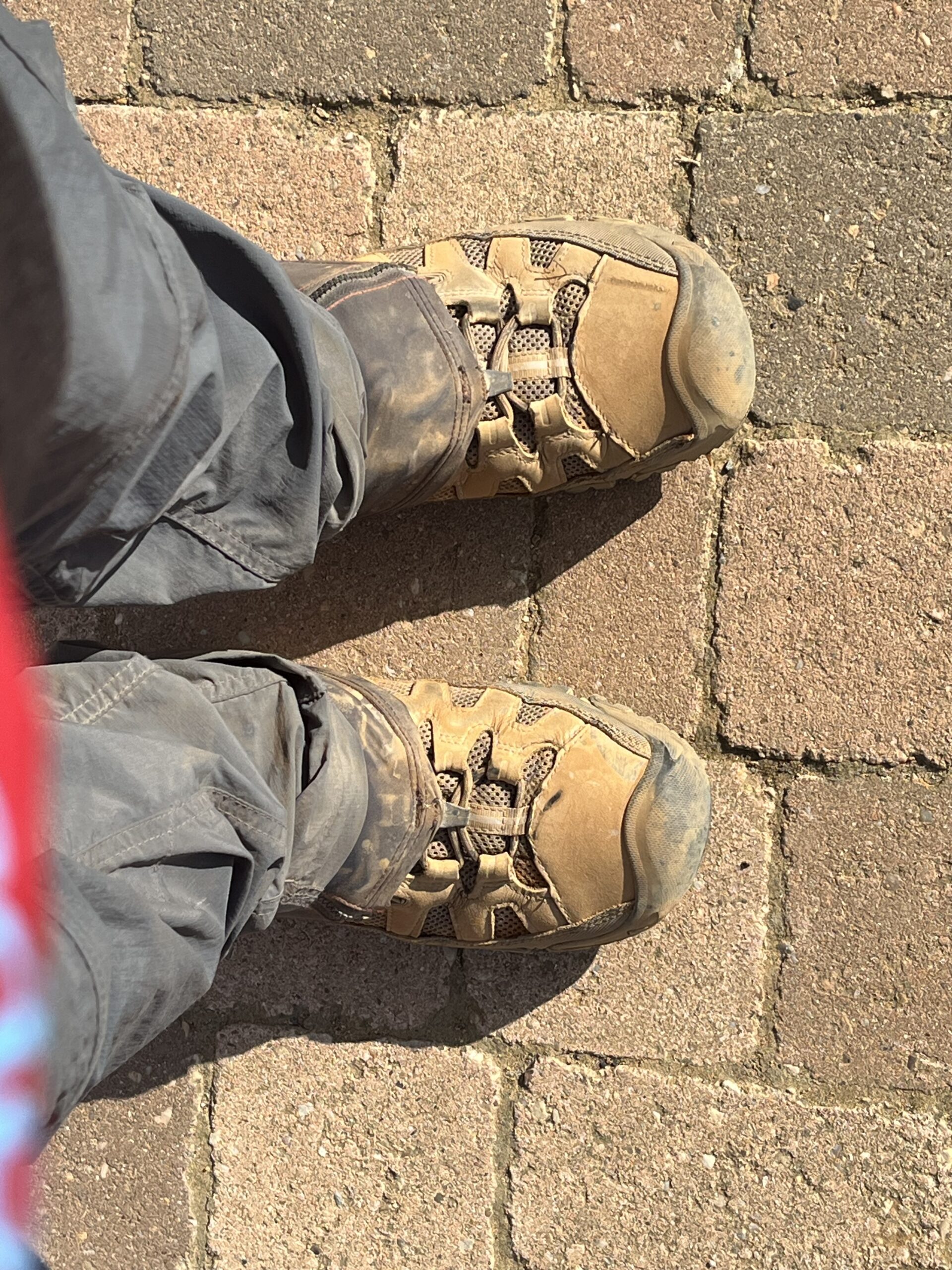
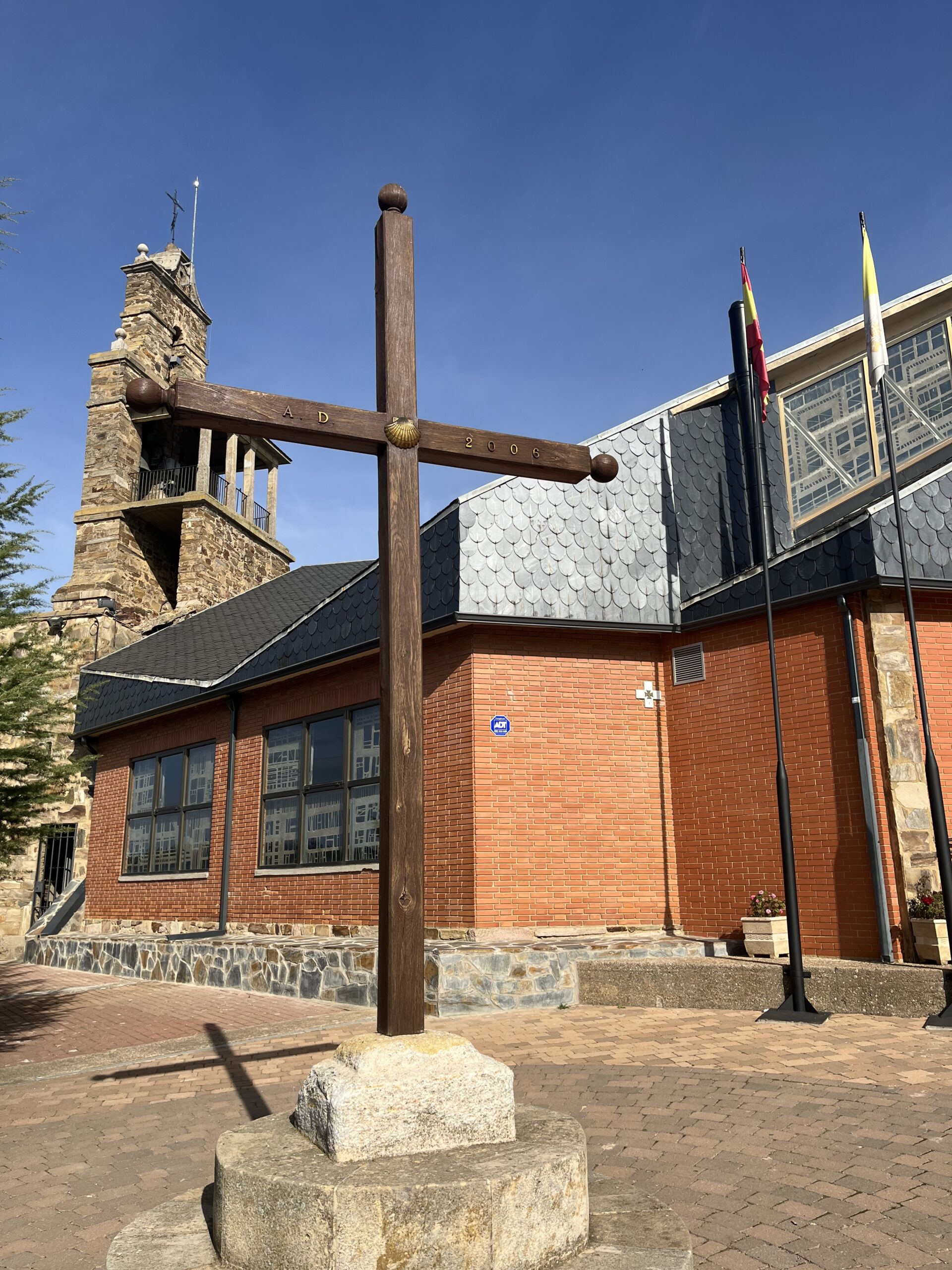
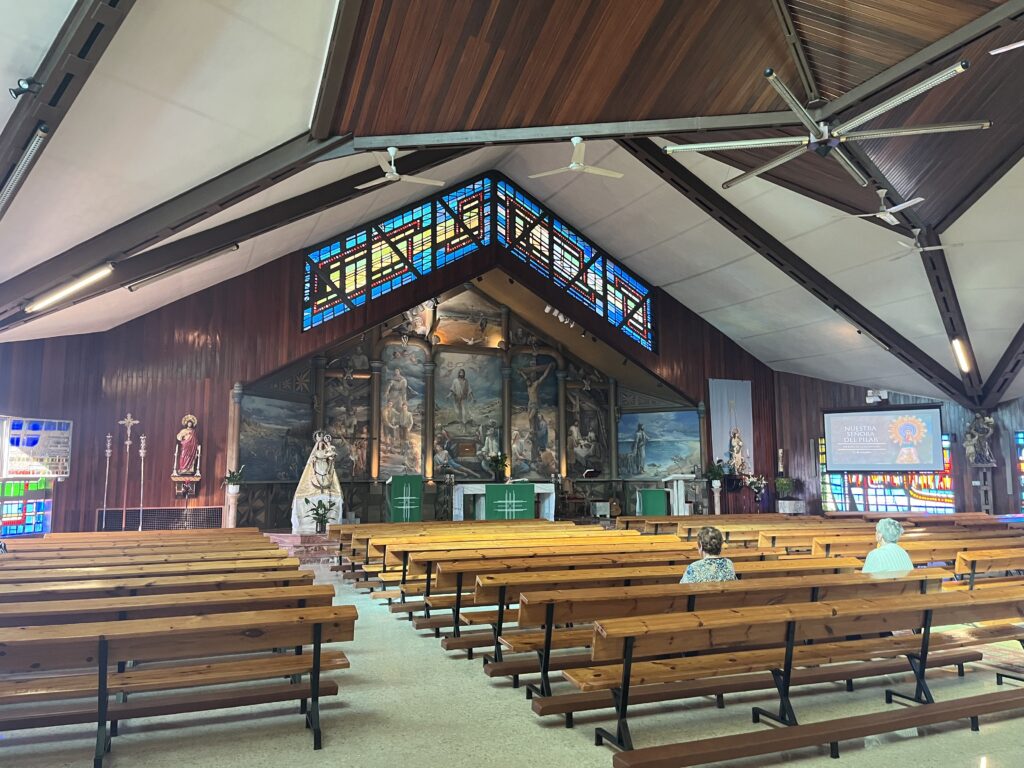

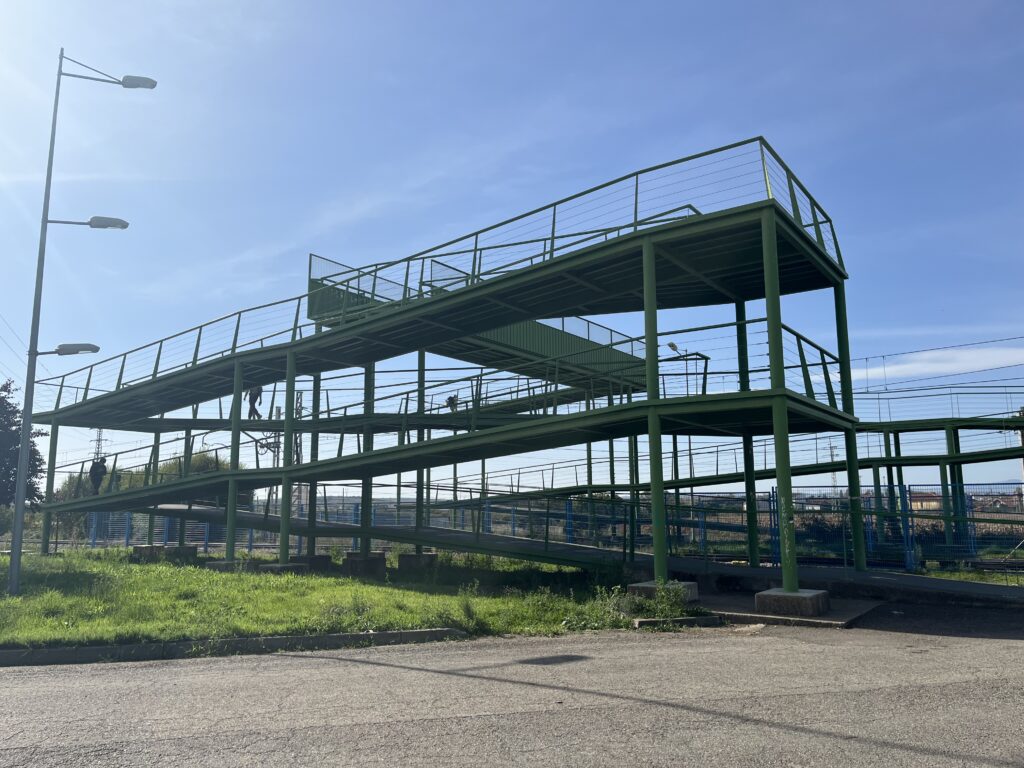
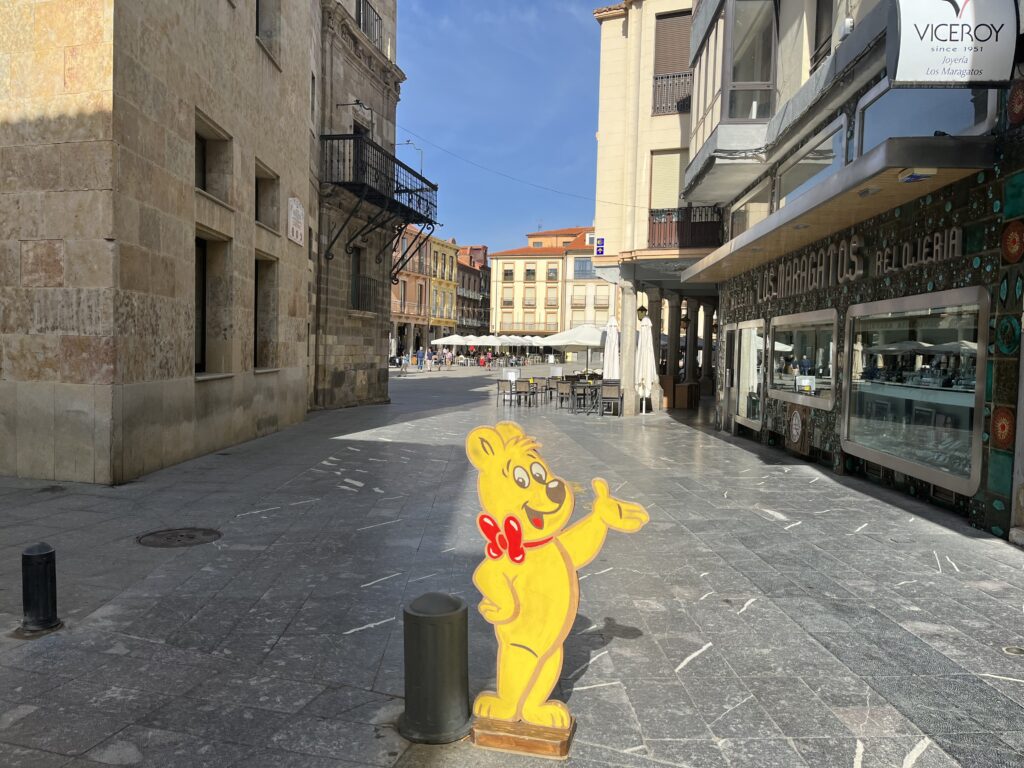
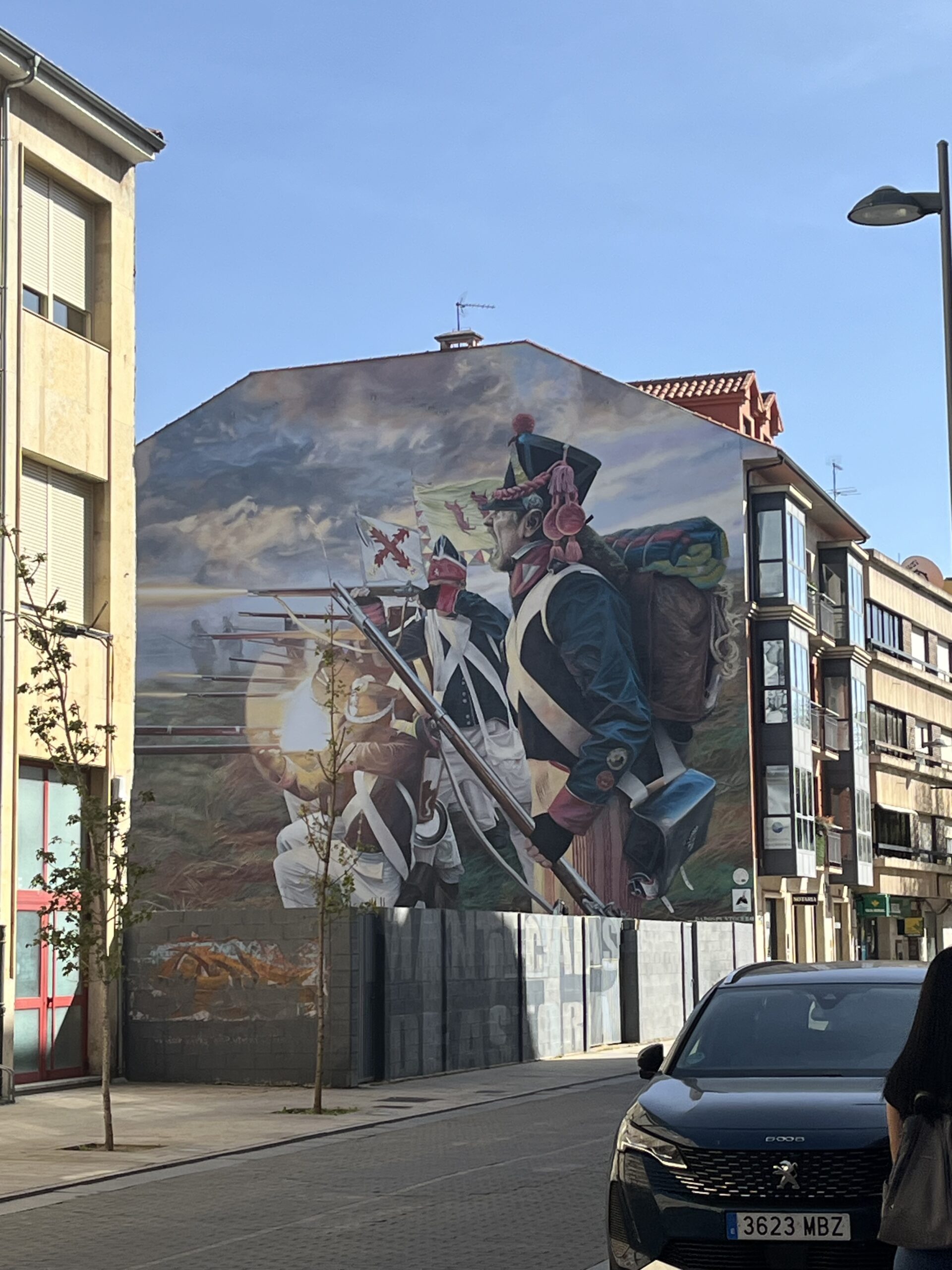
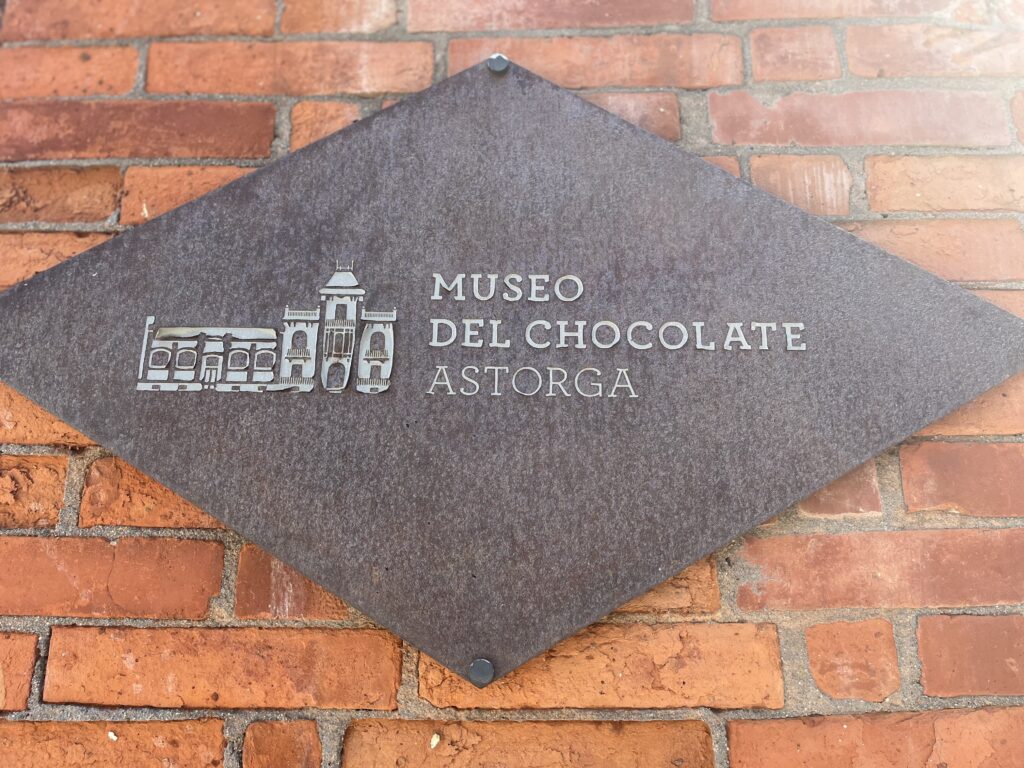
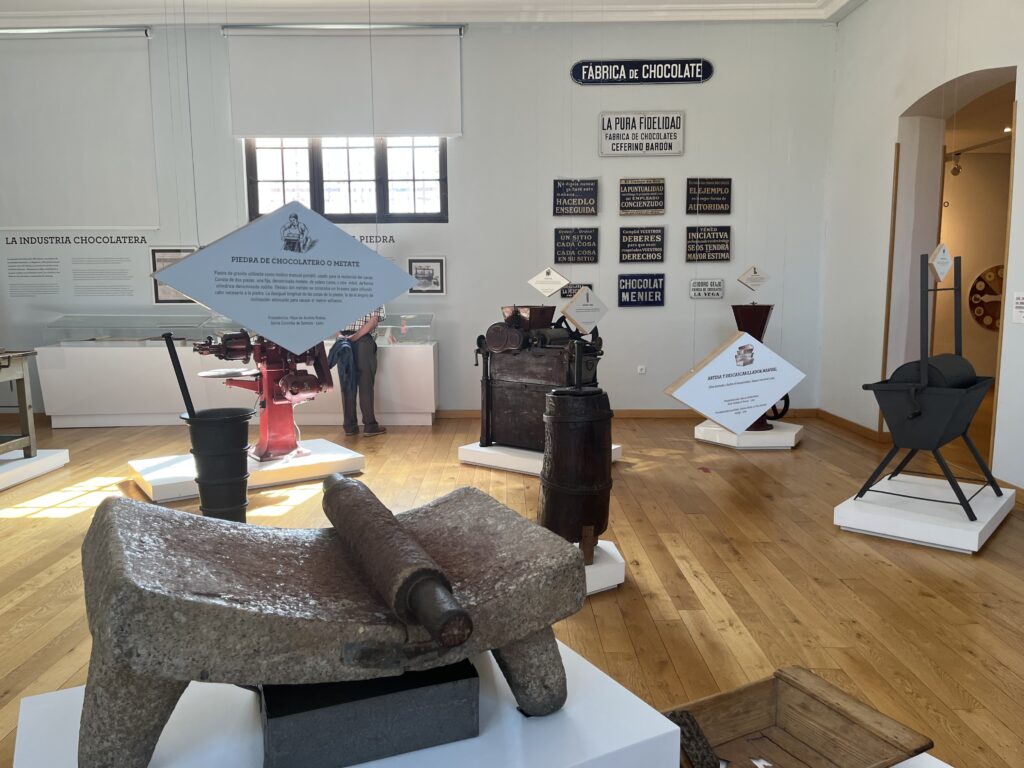
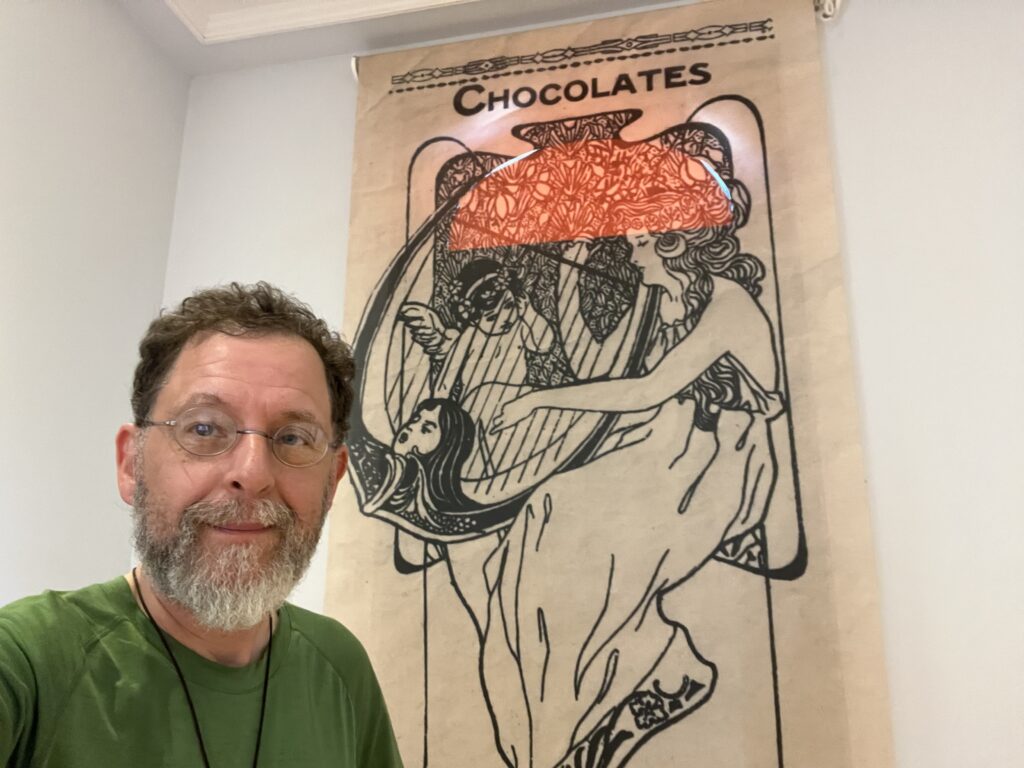
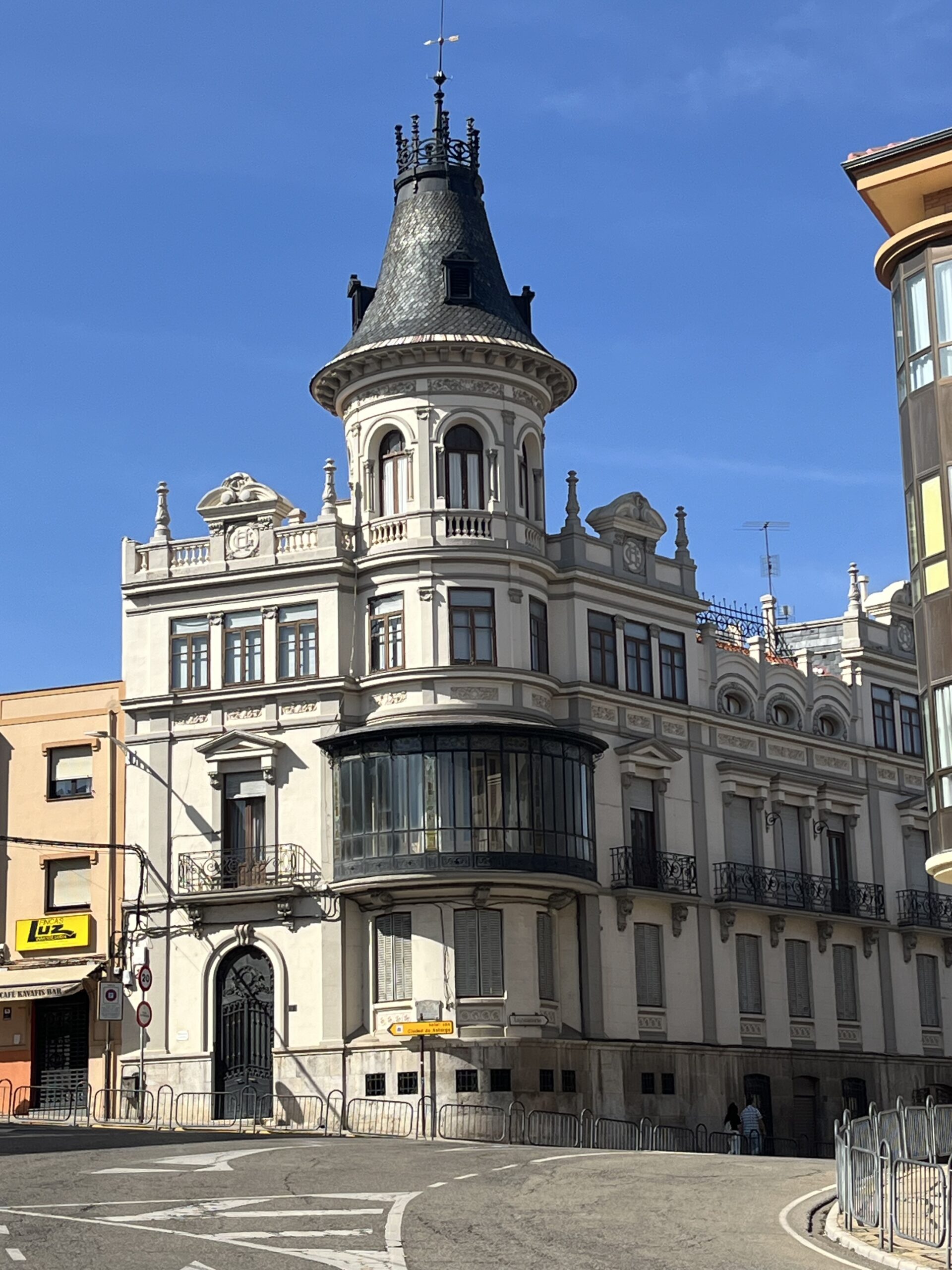
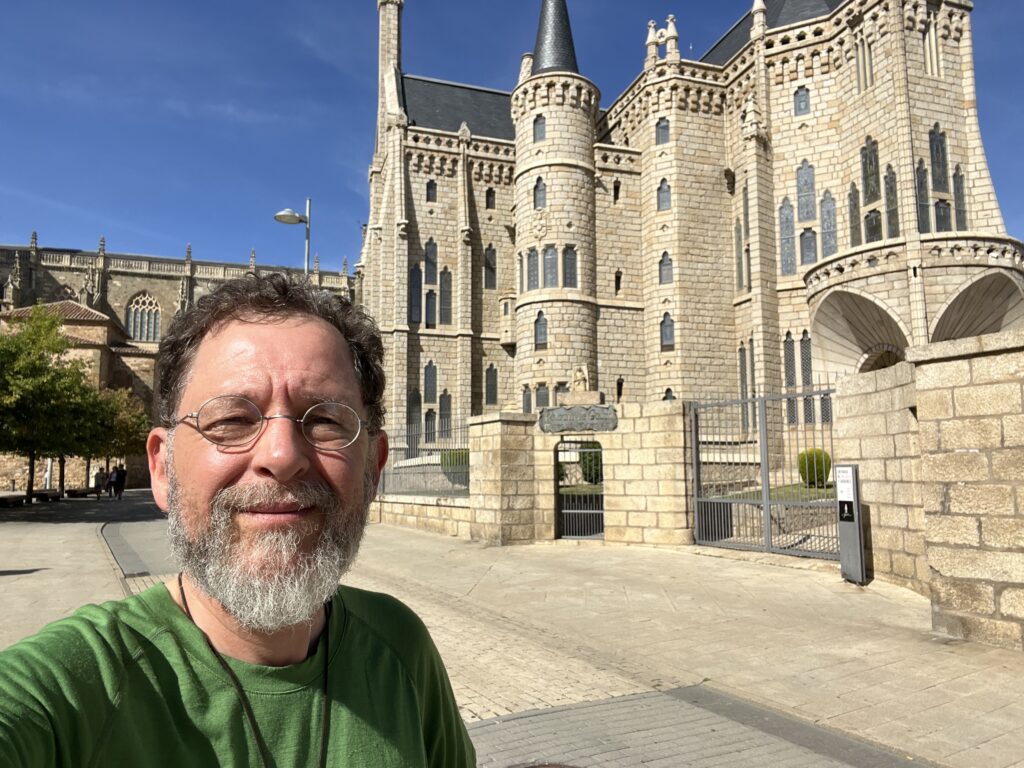
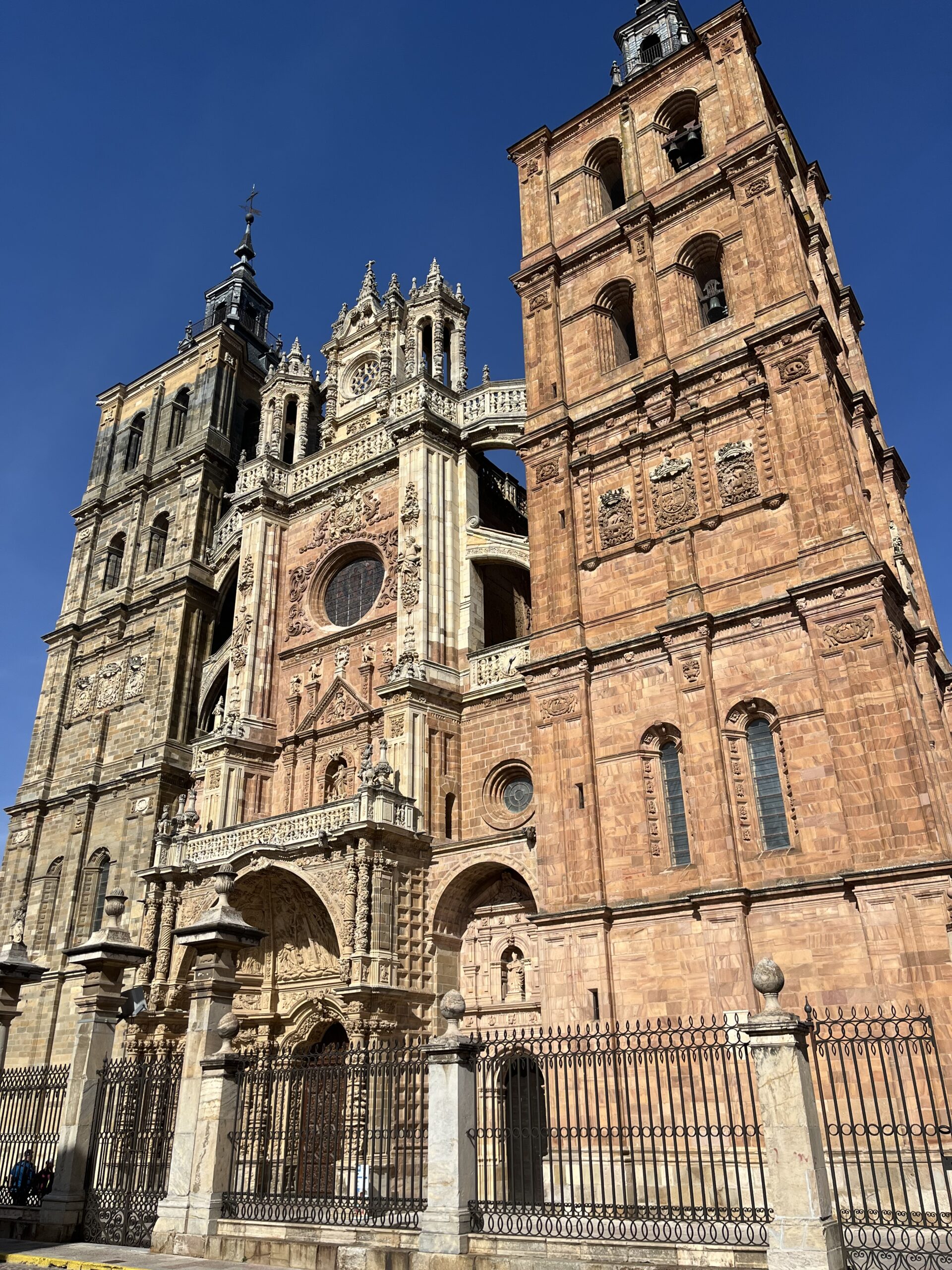
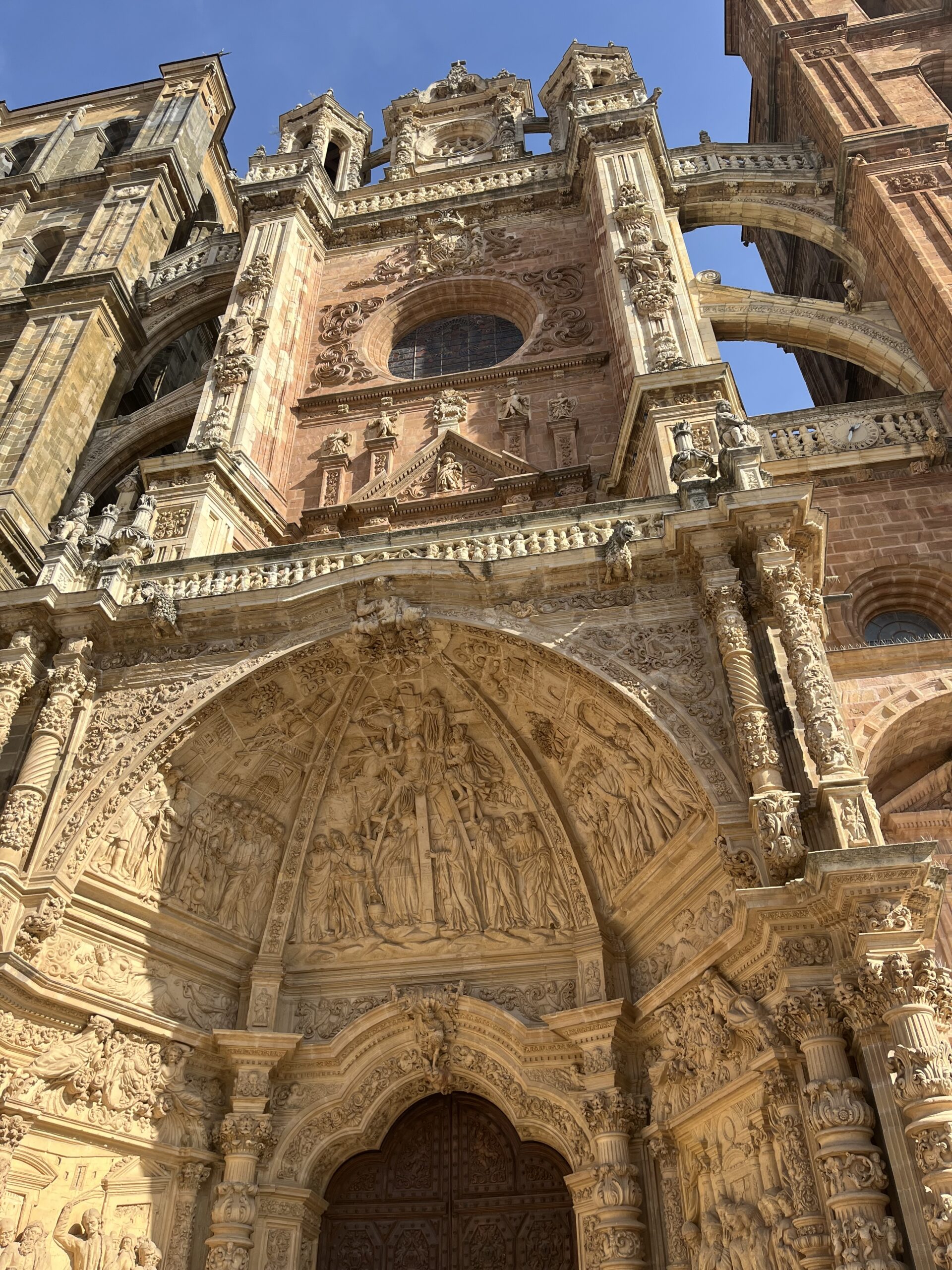
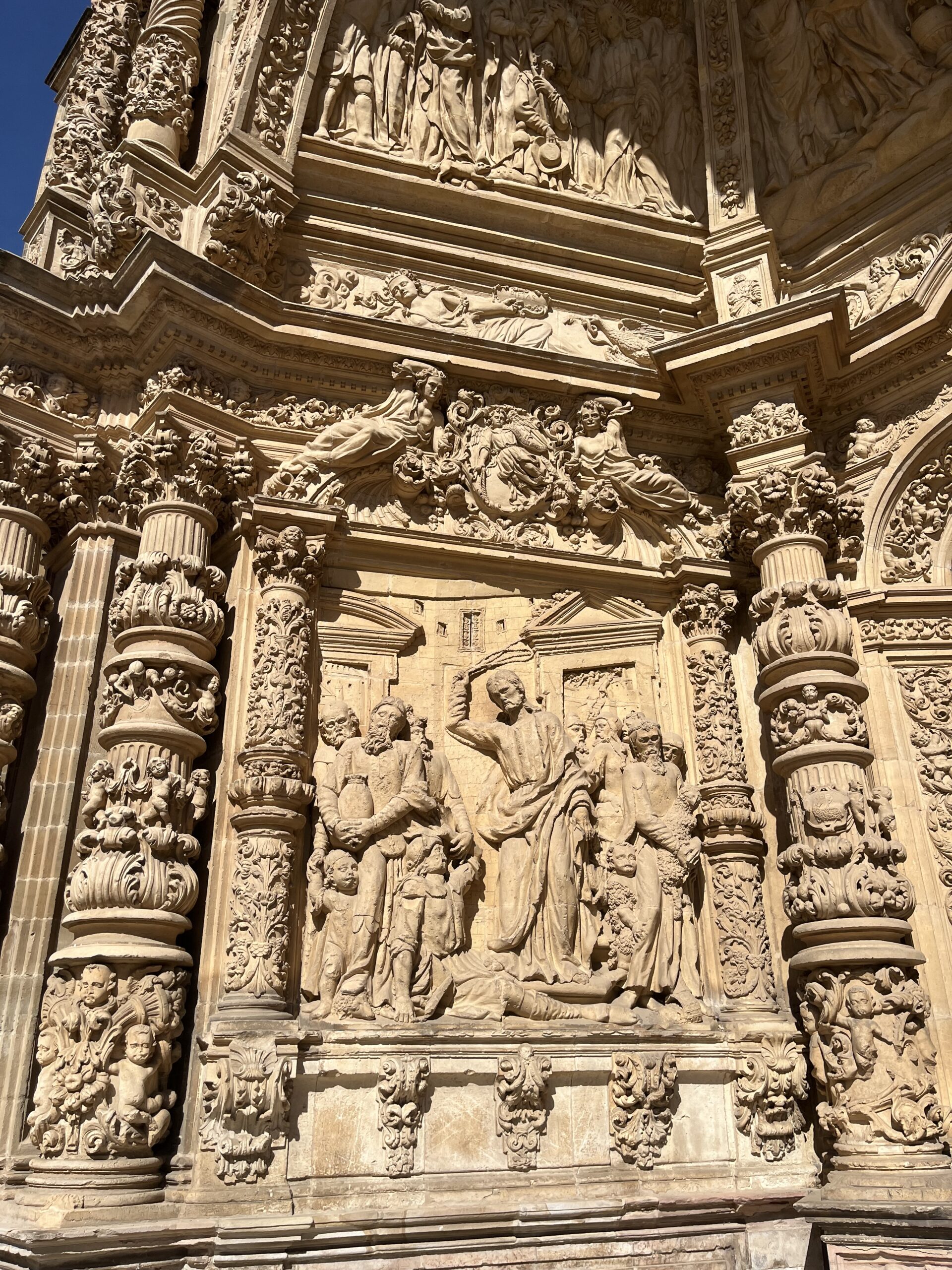
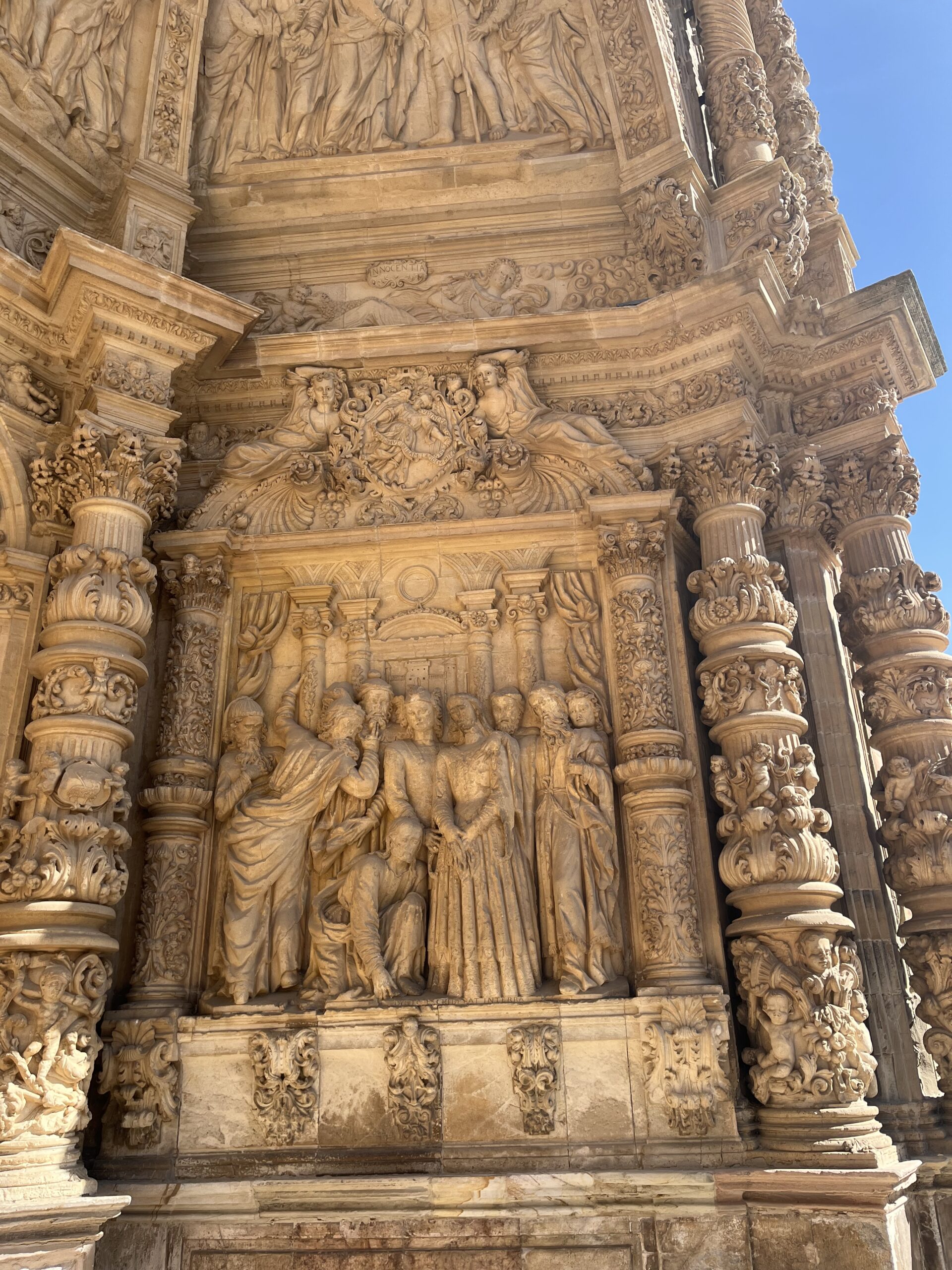
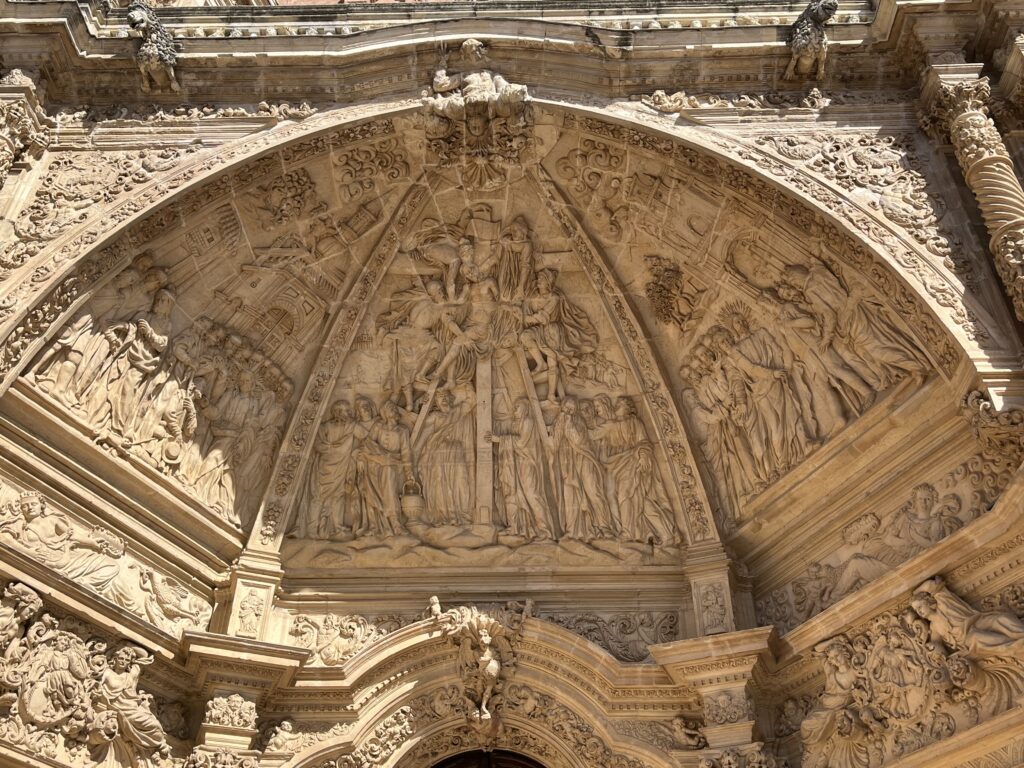
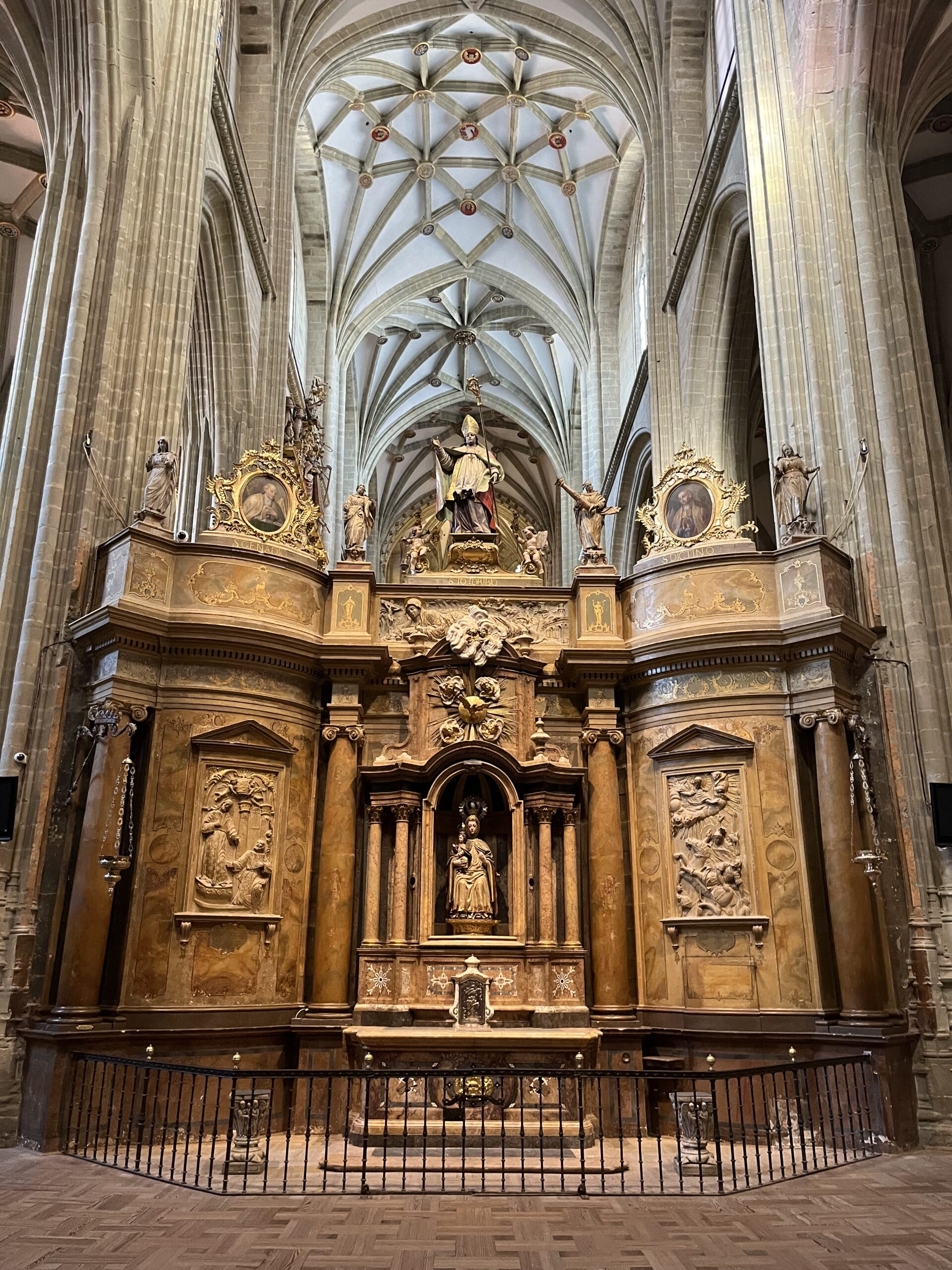
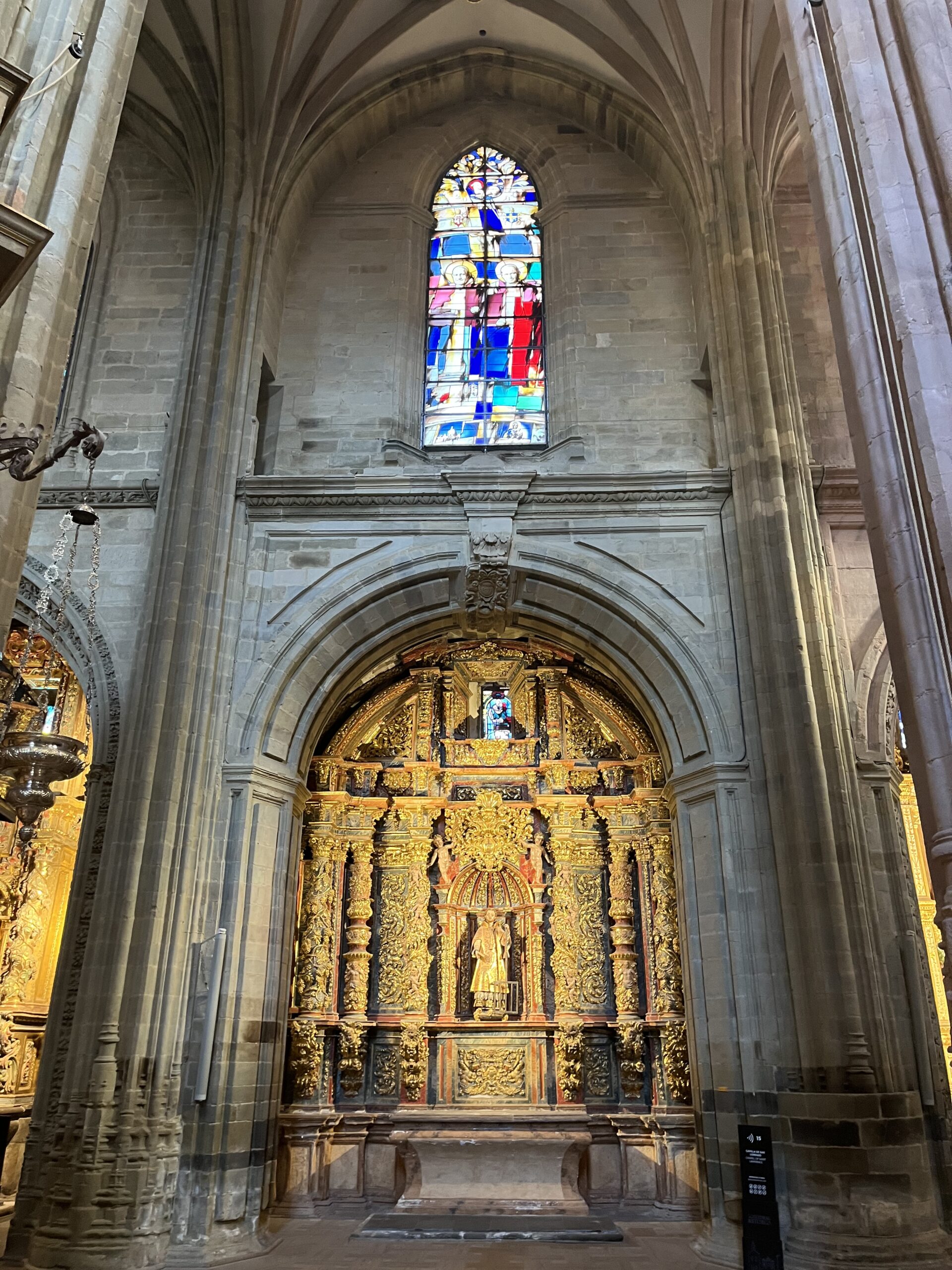
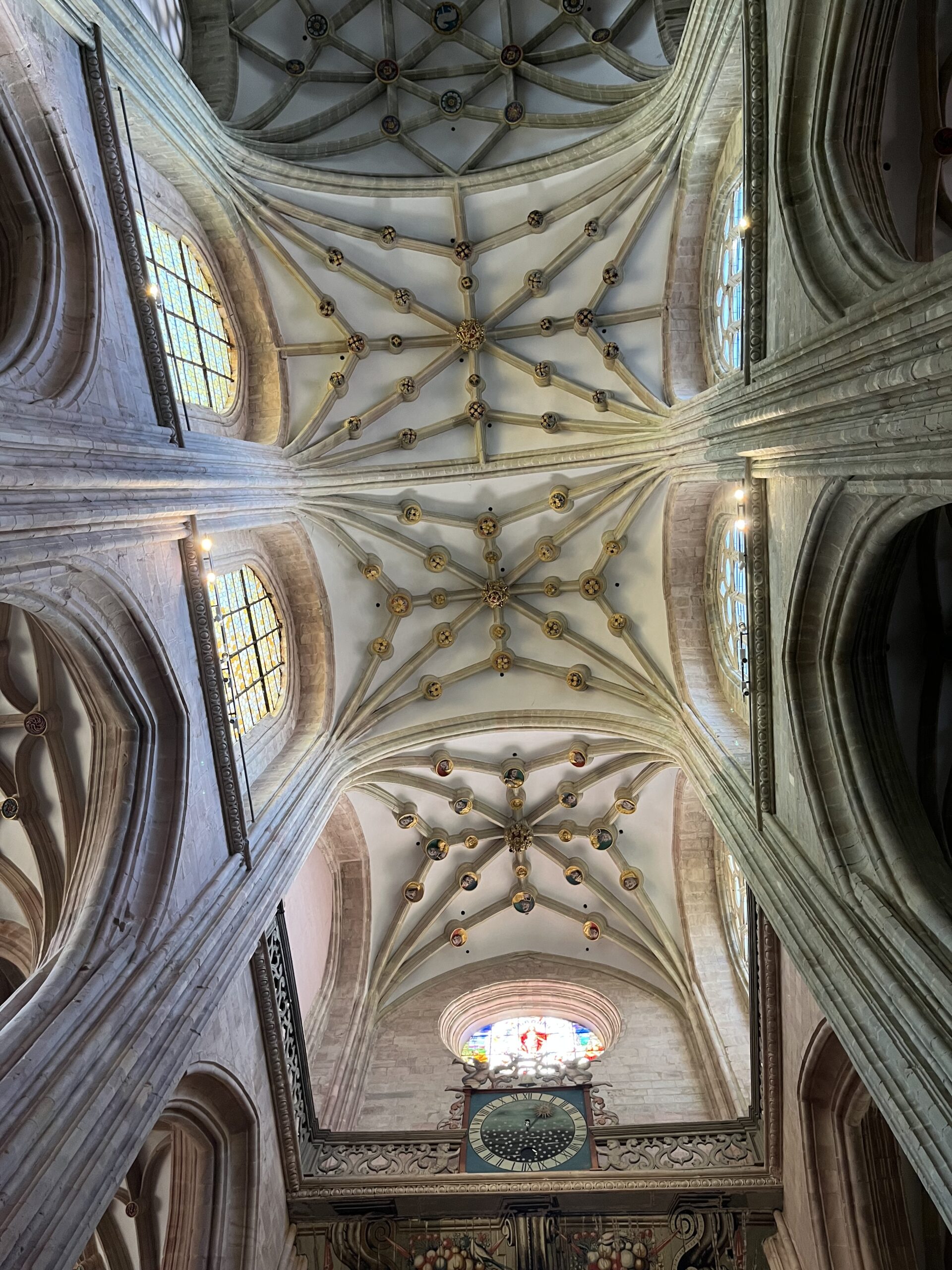
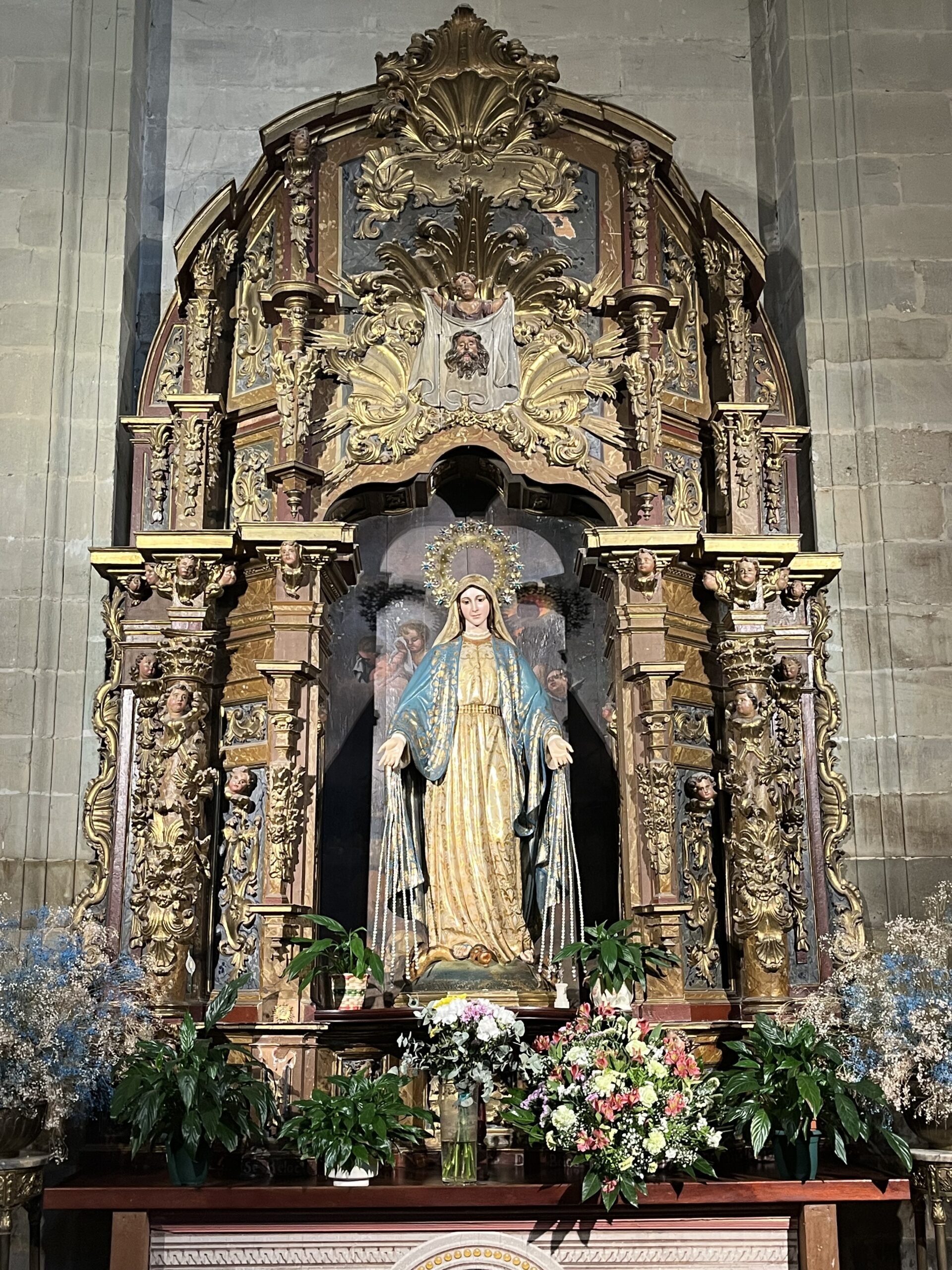
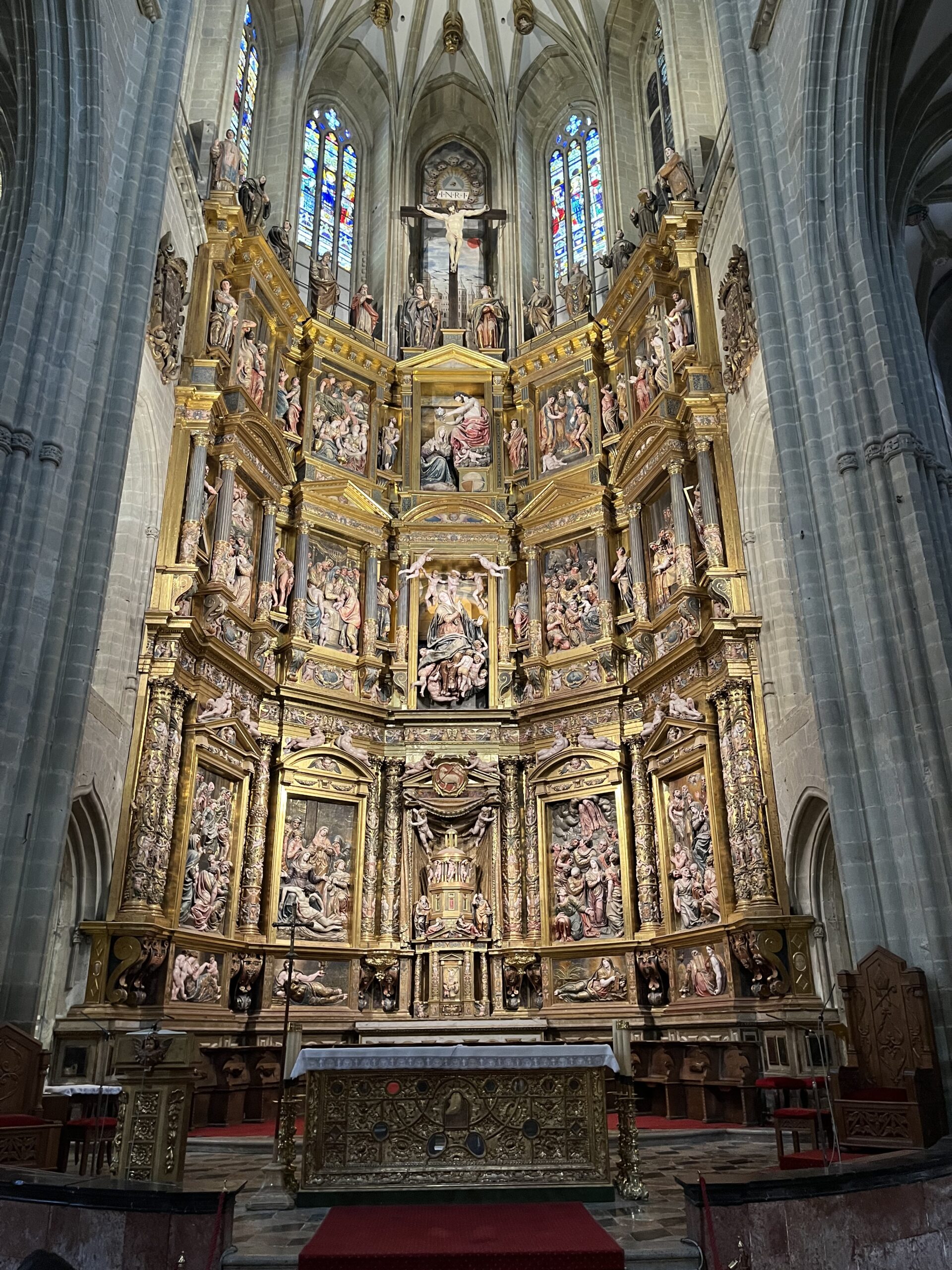
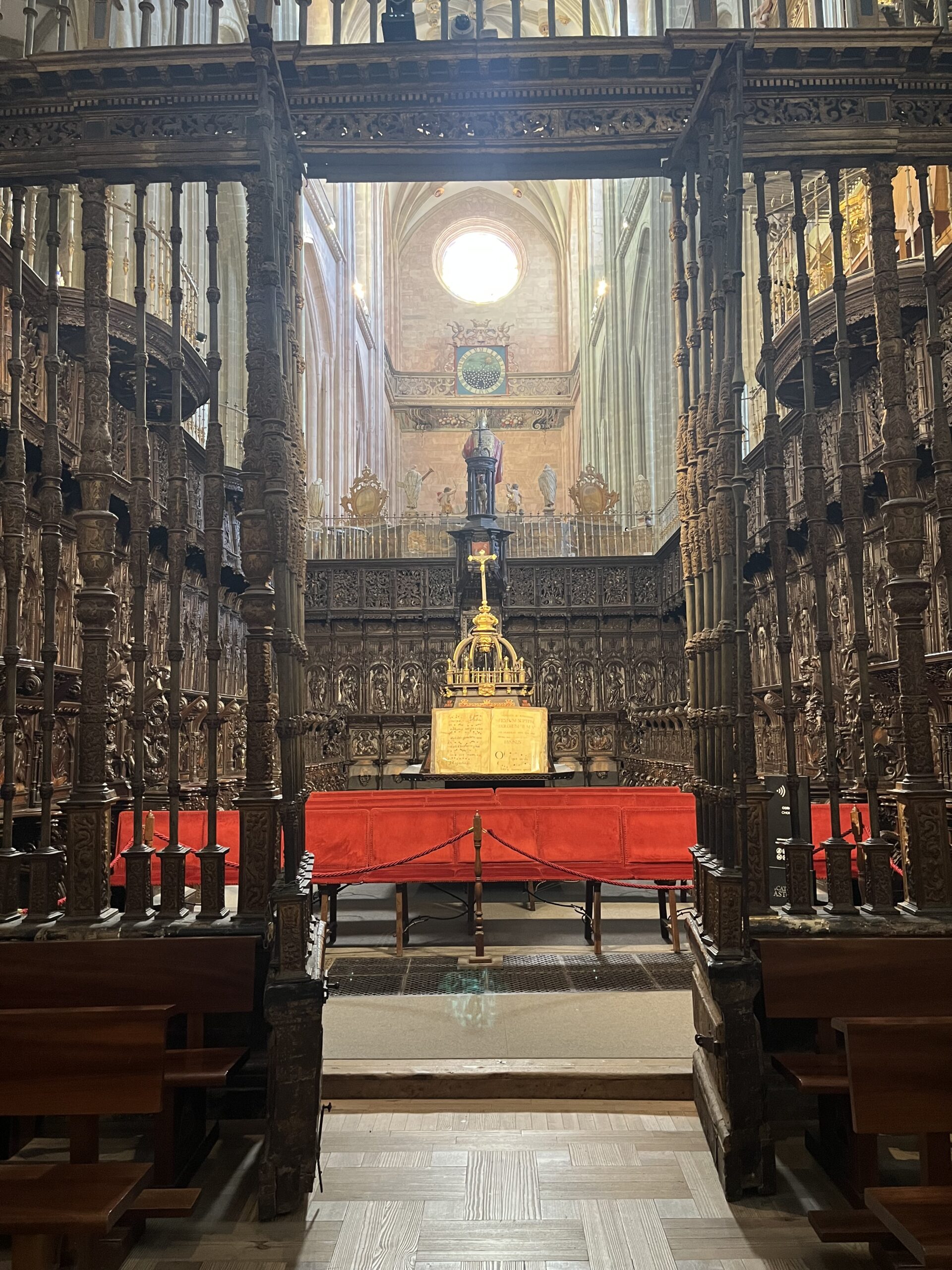
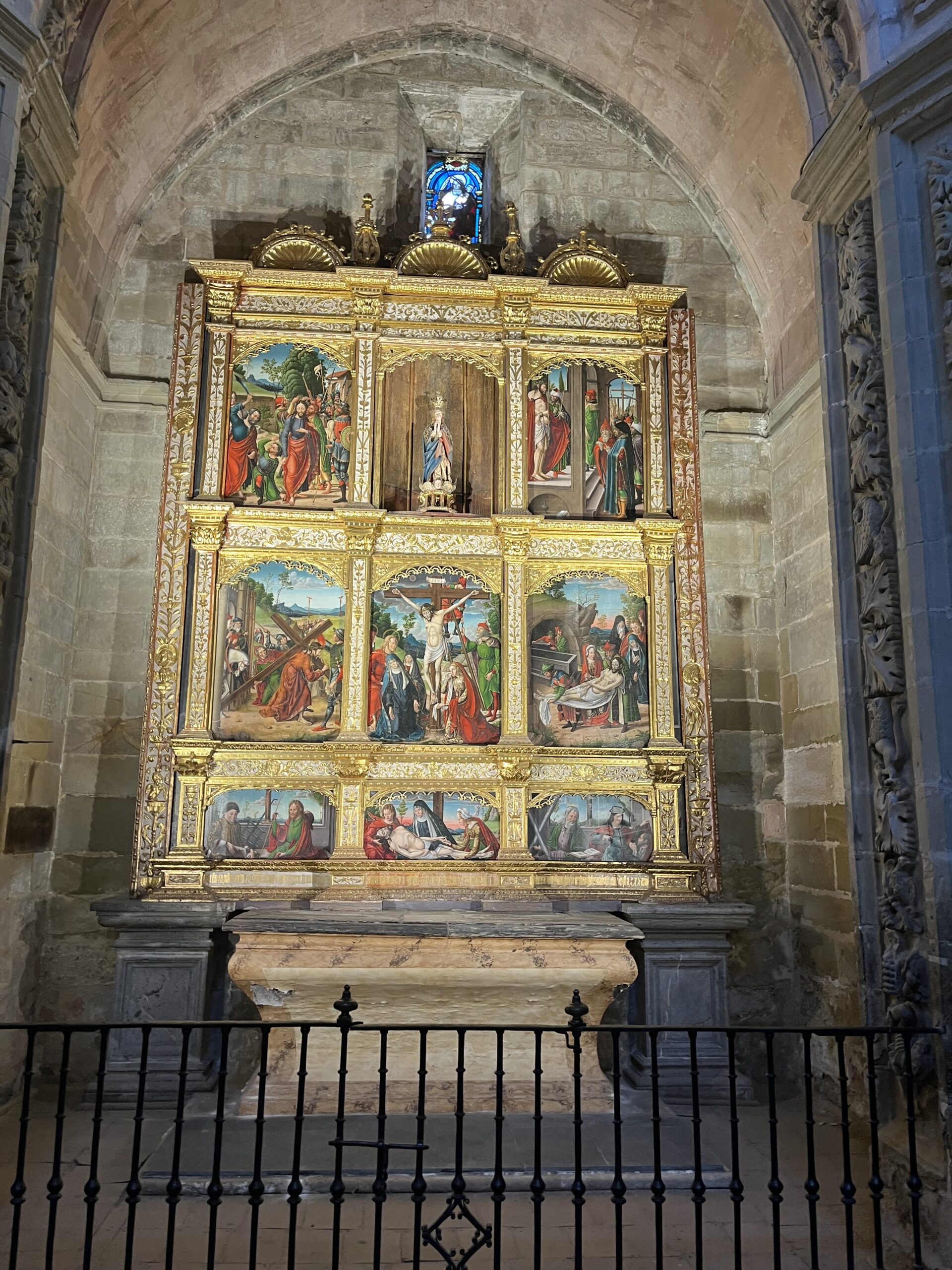
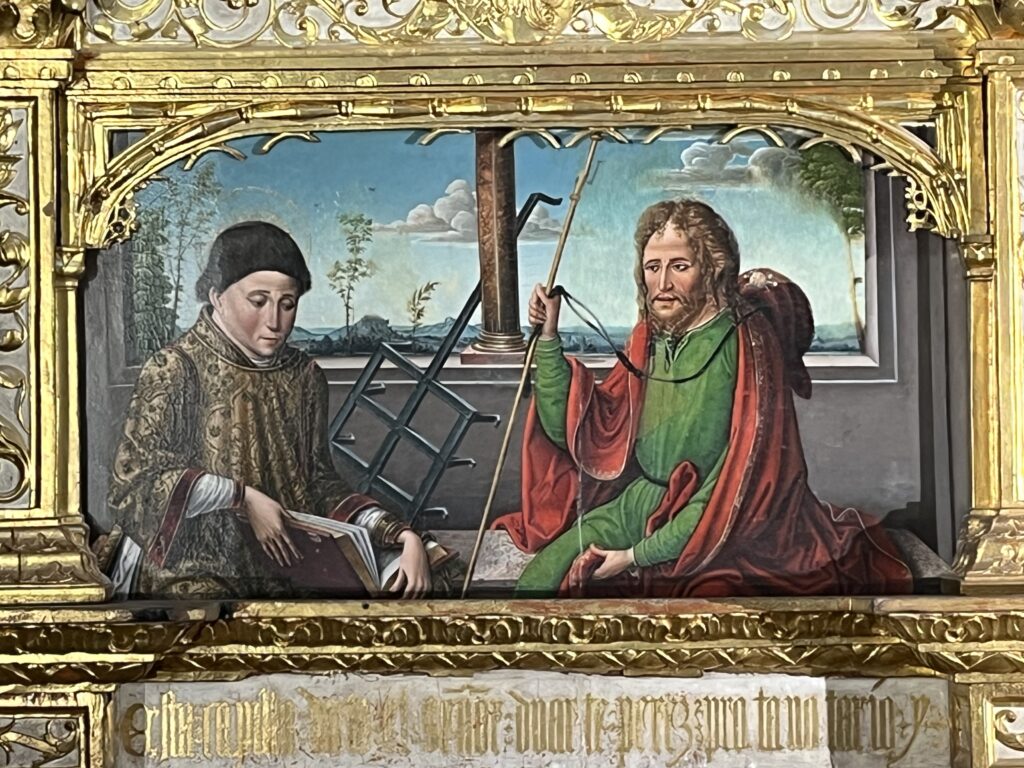
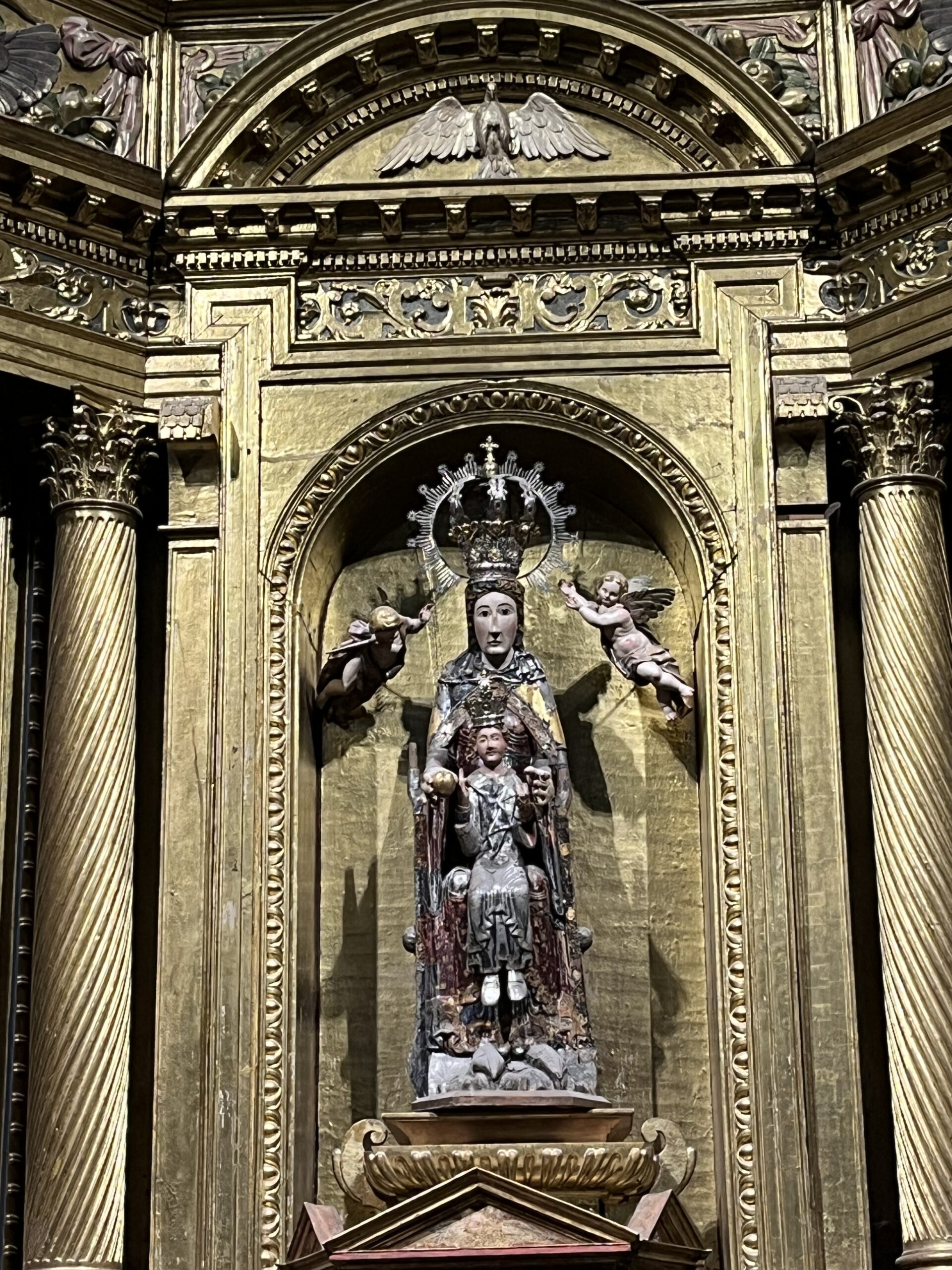

Pingback: Ten Thousand Photos – Pilgrims on the Way